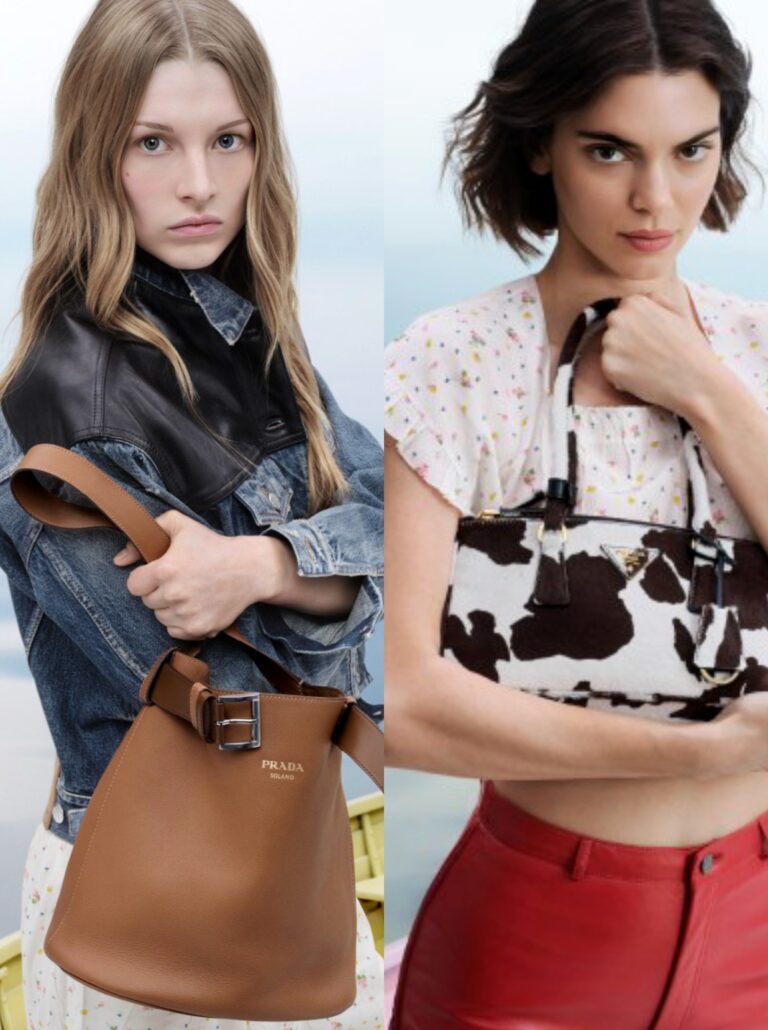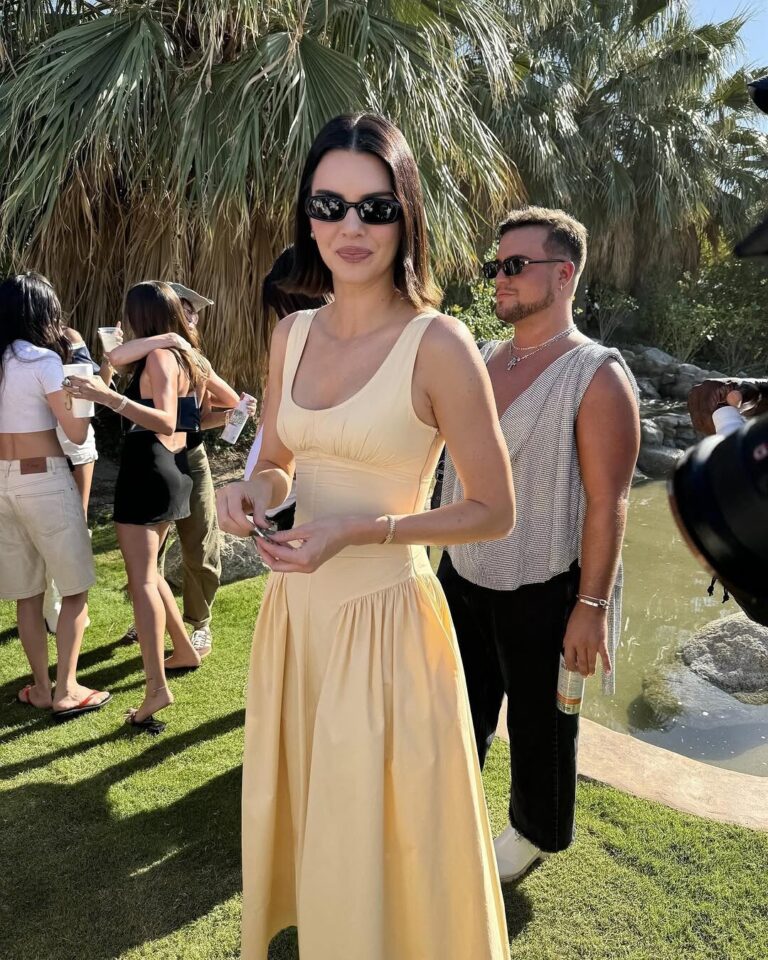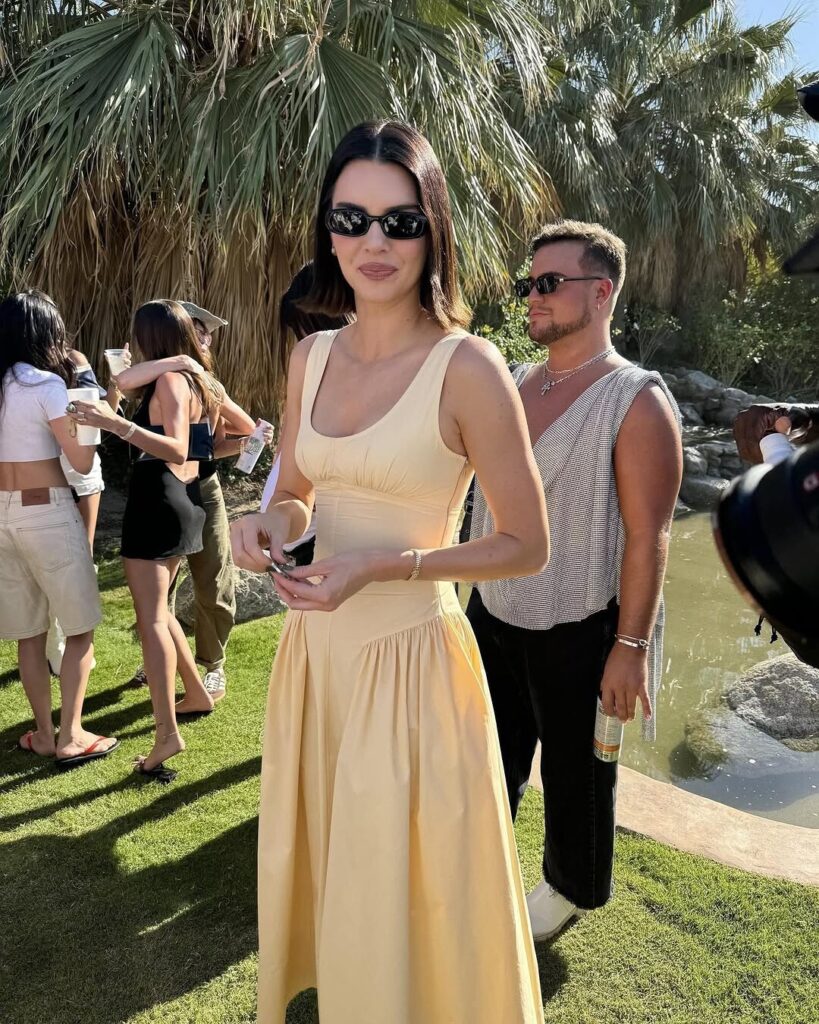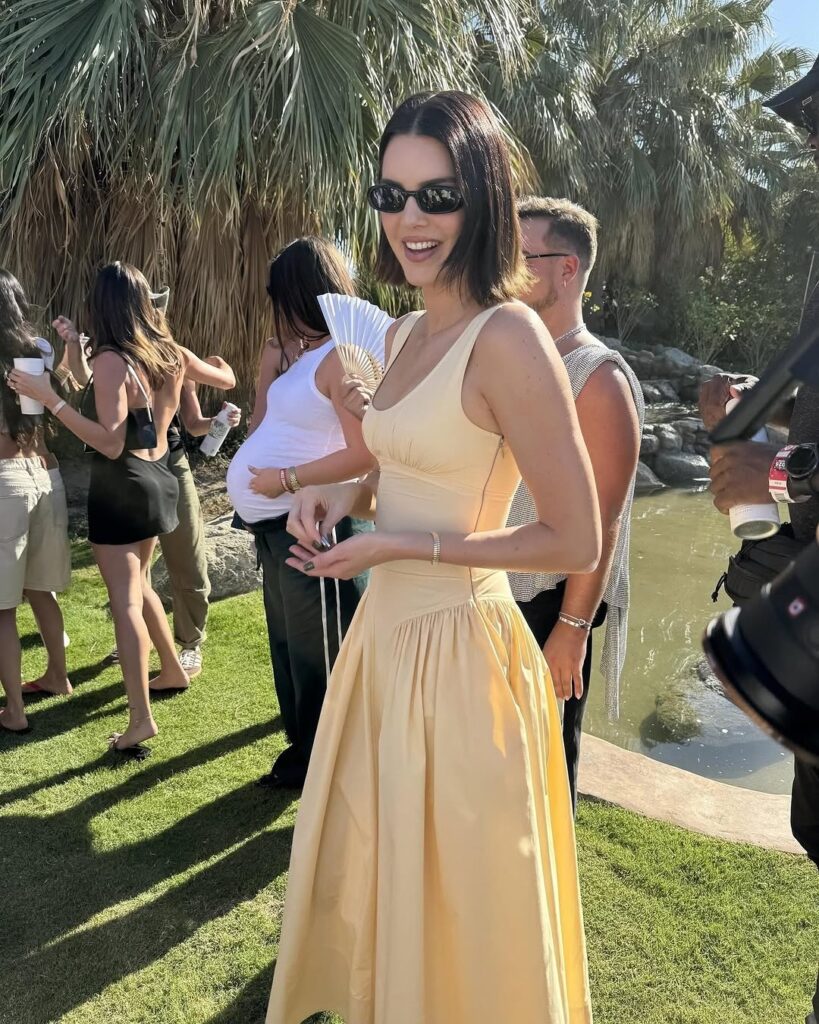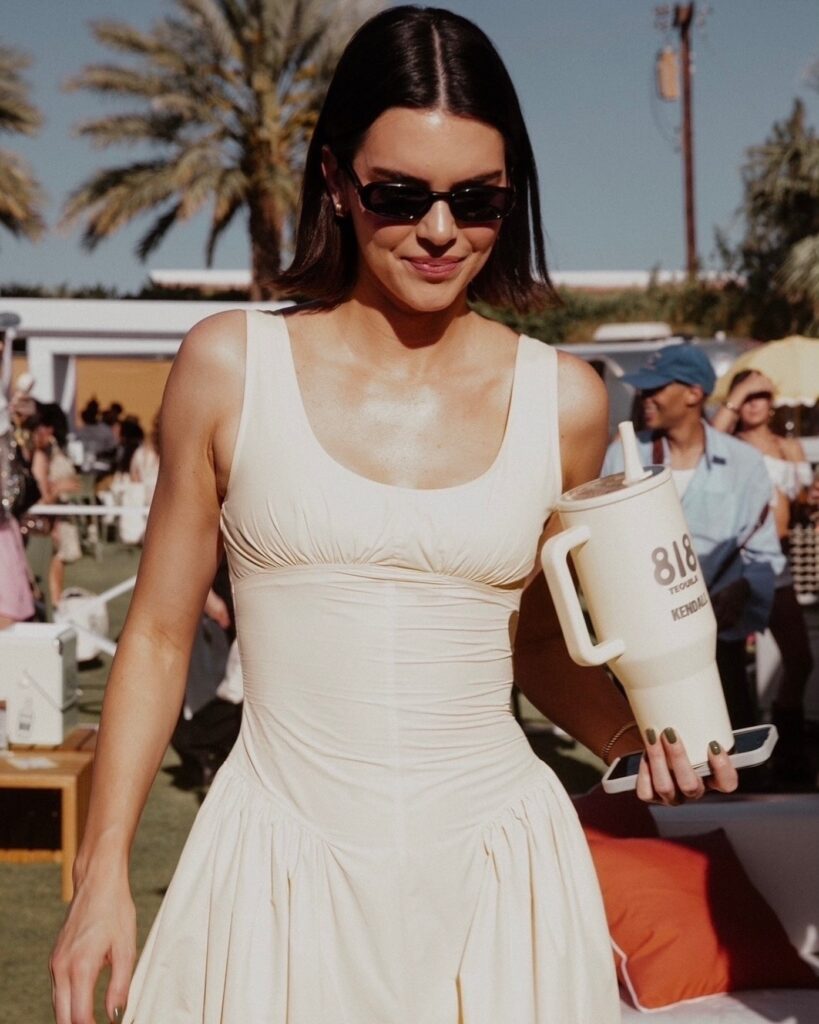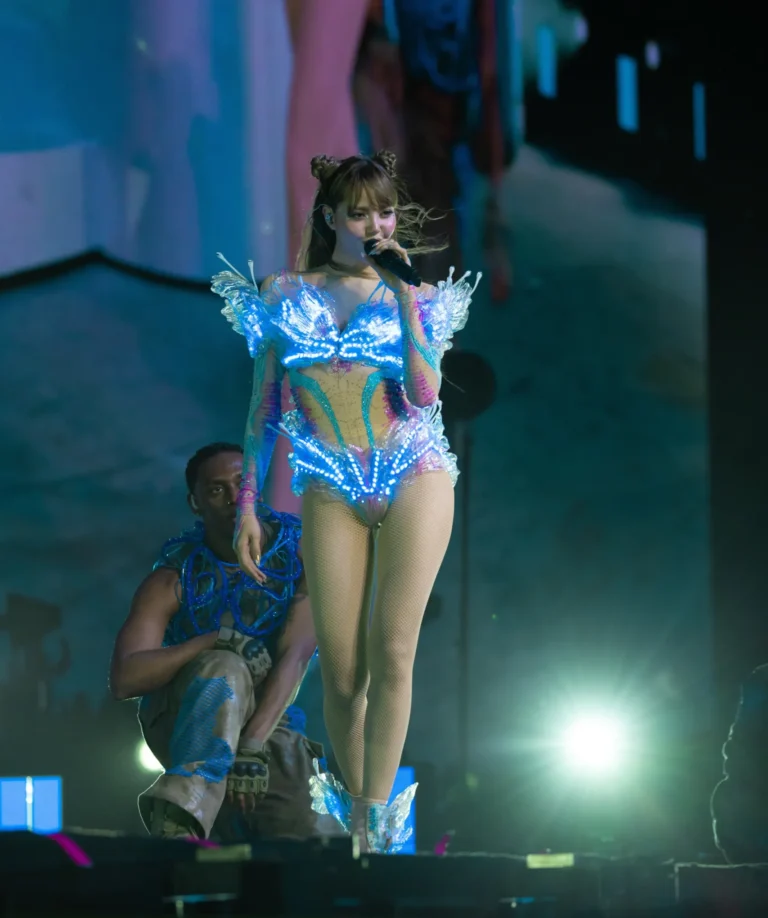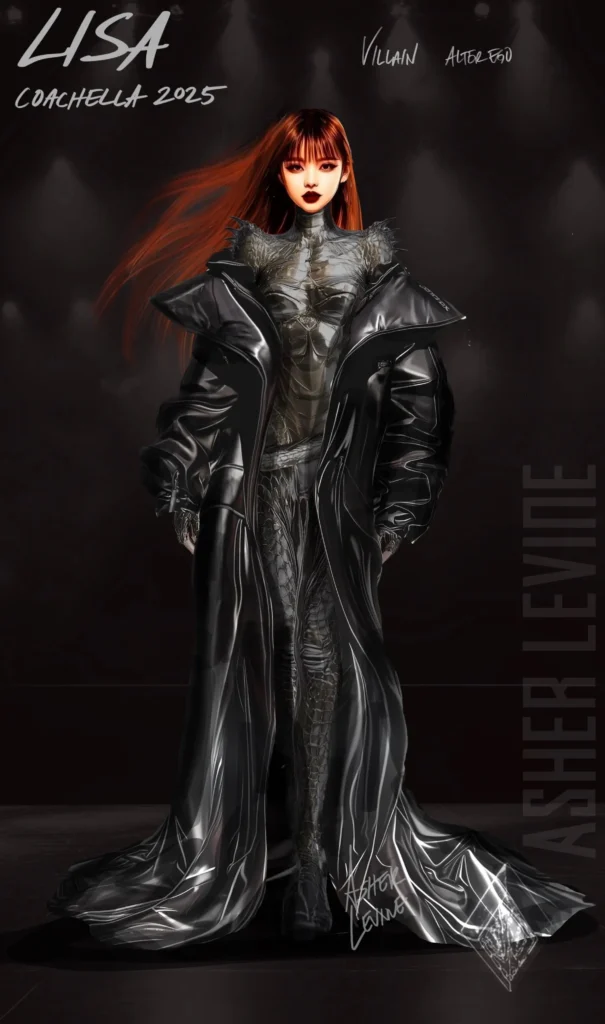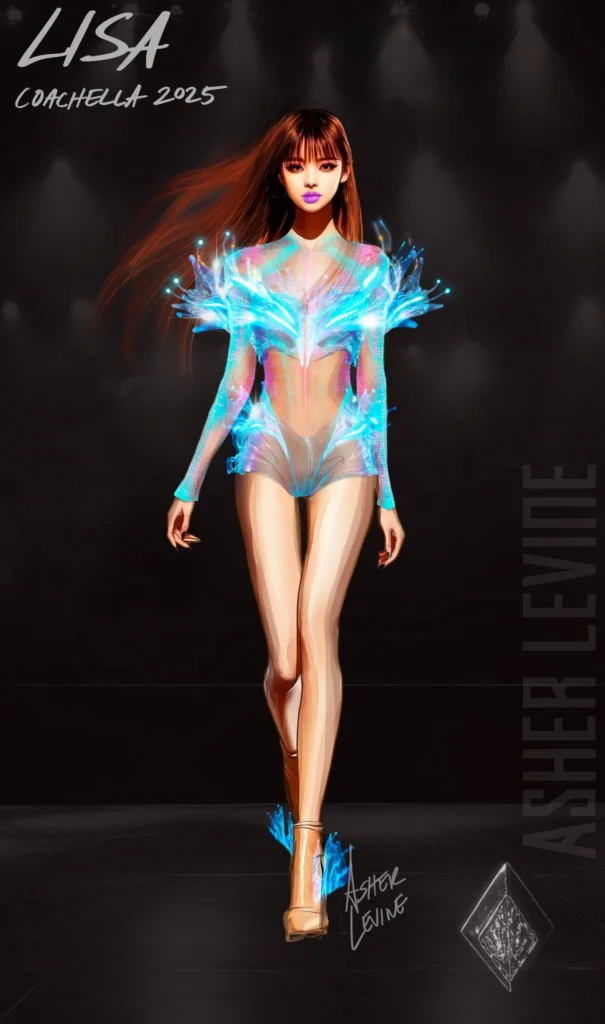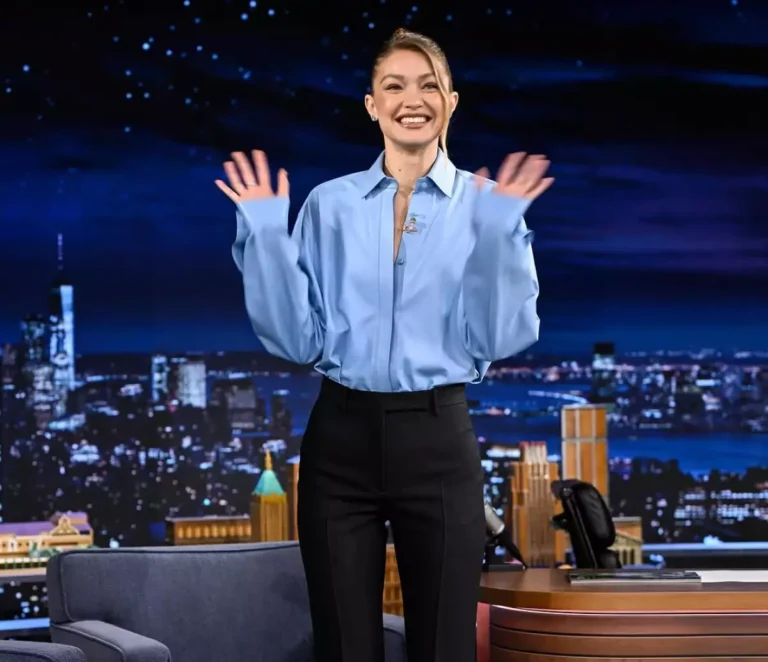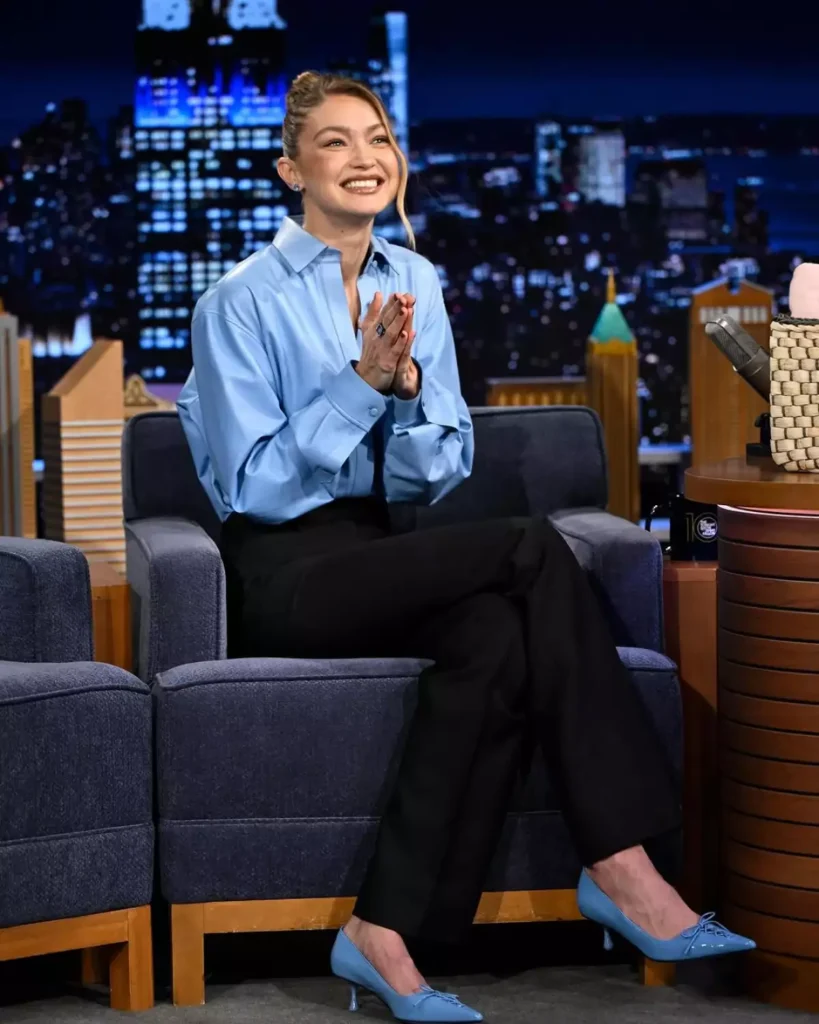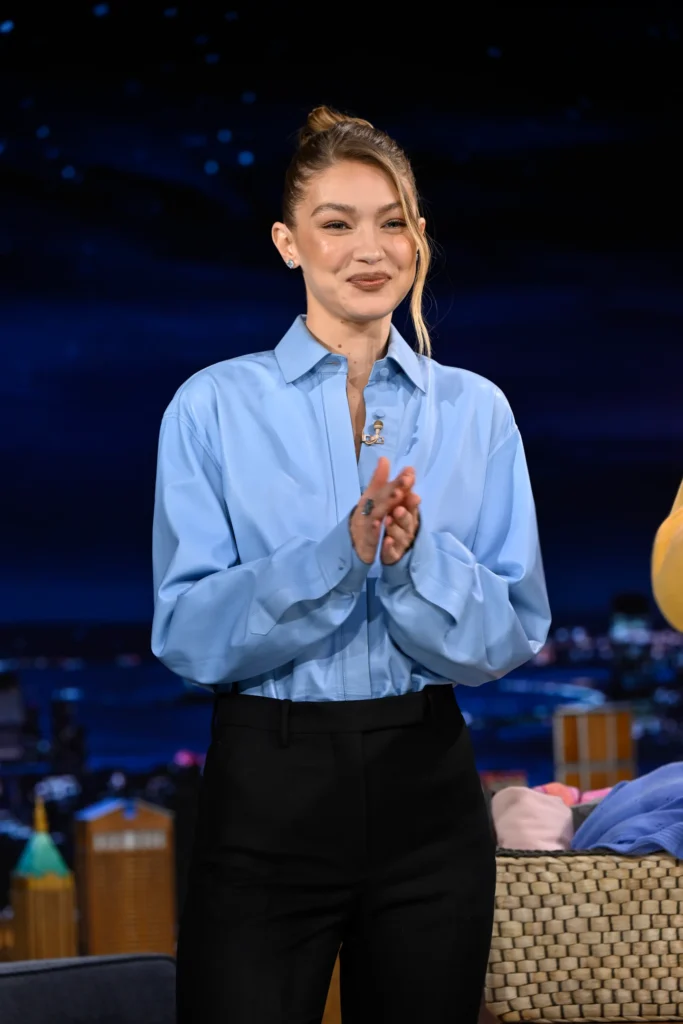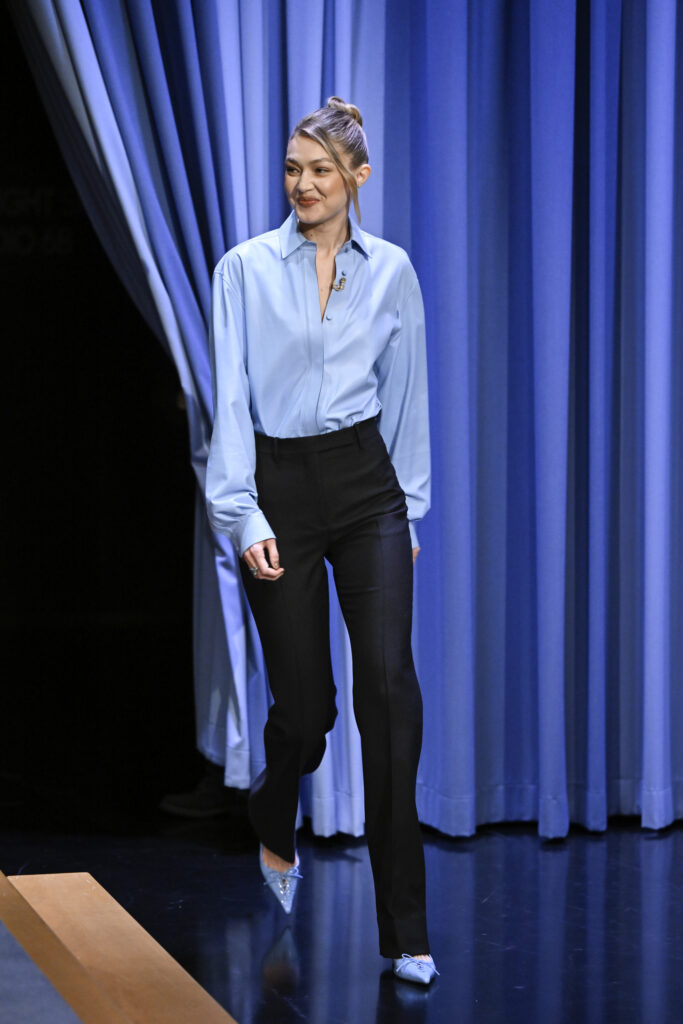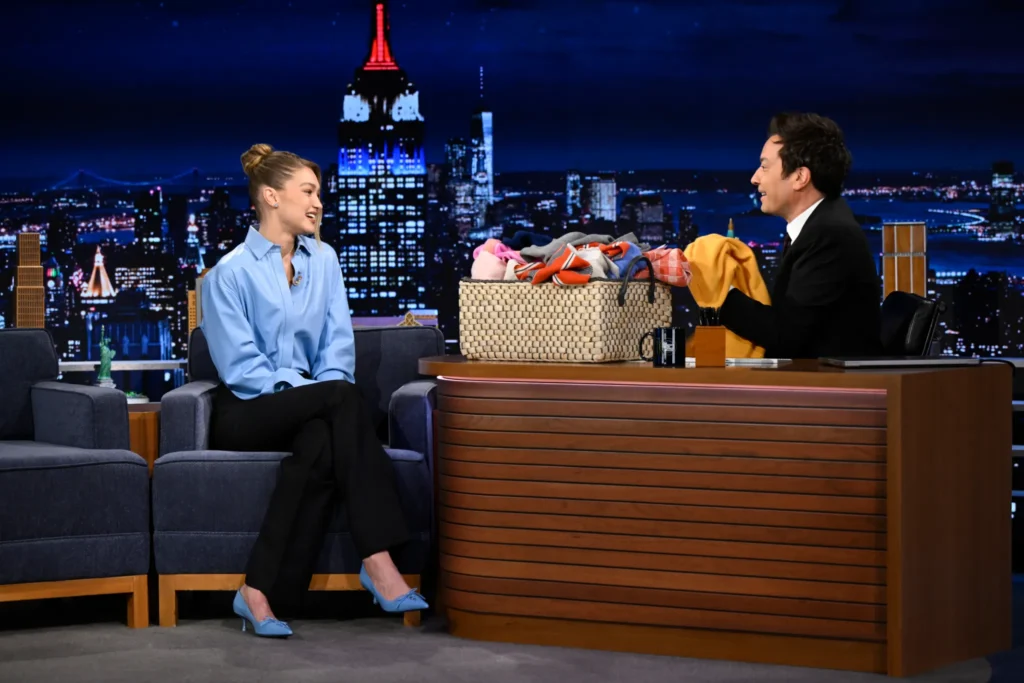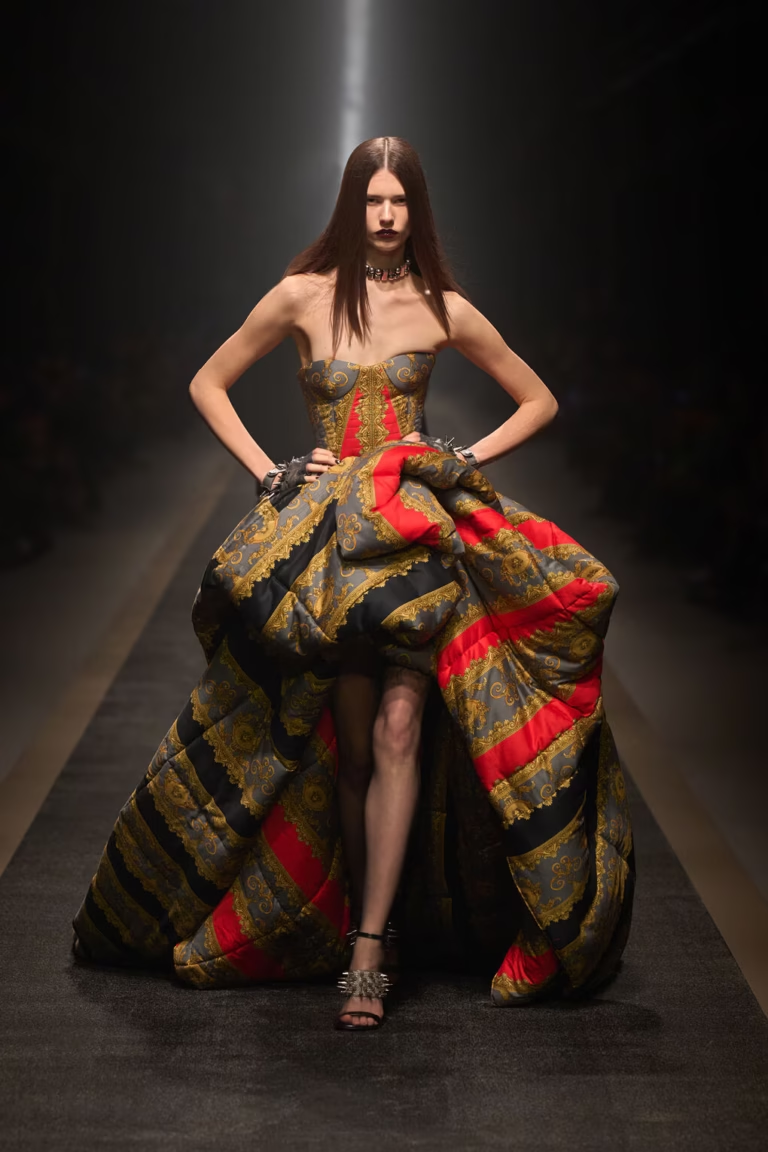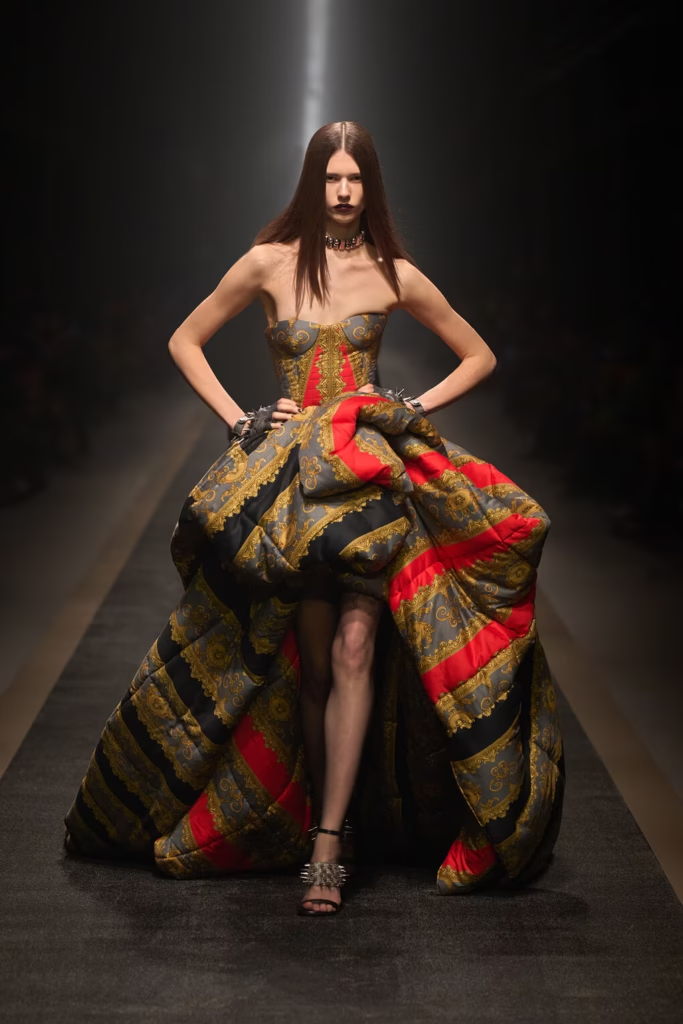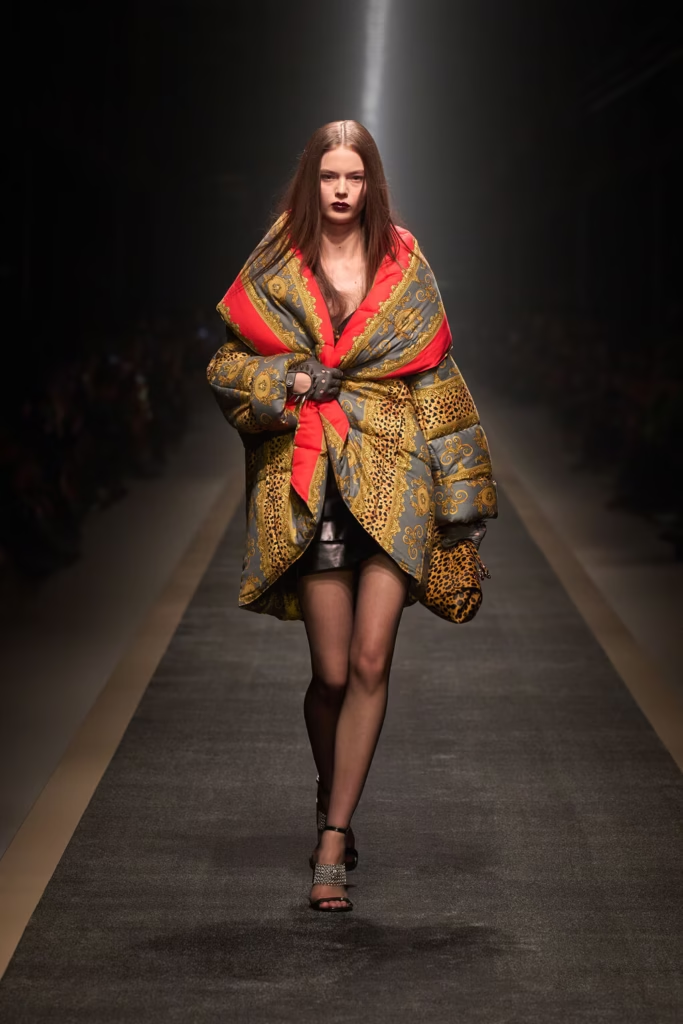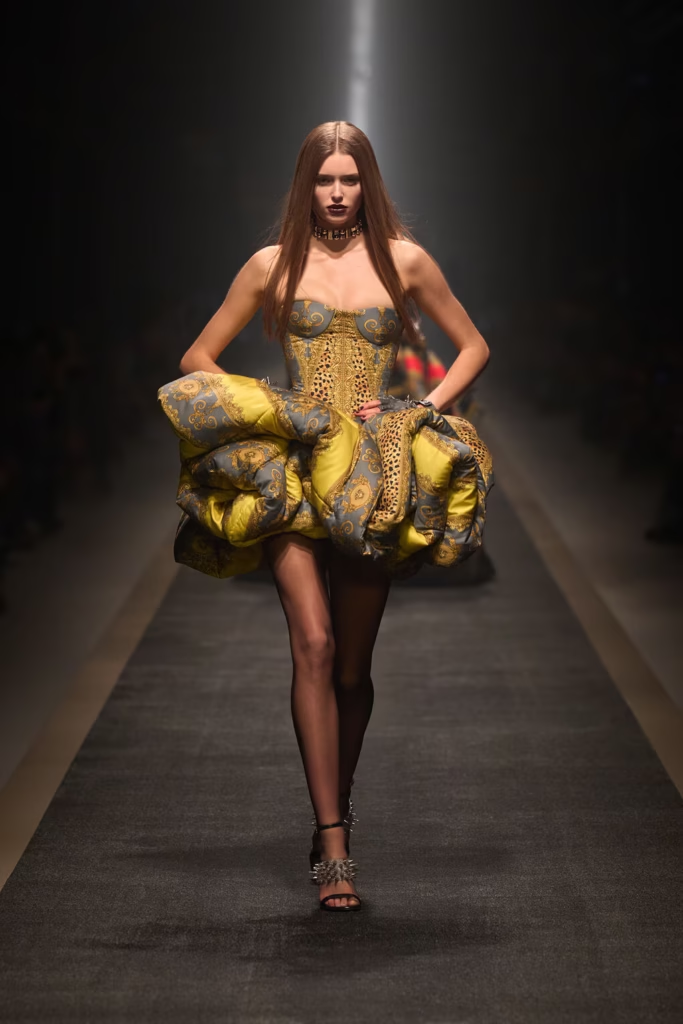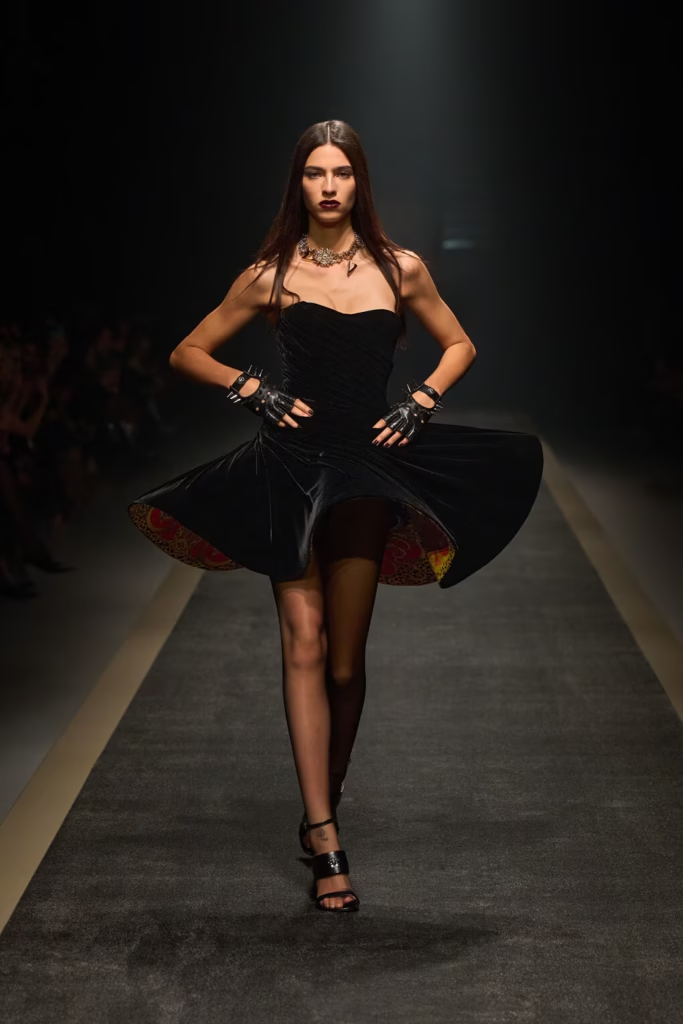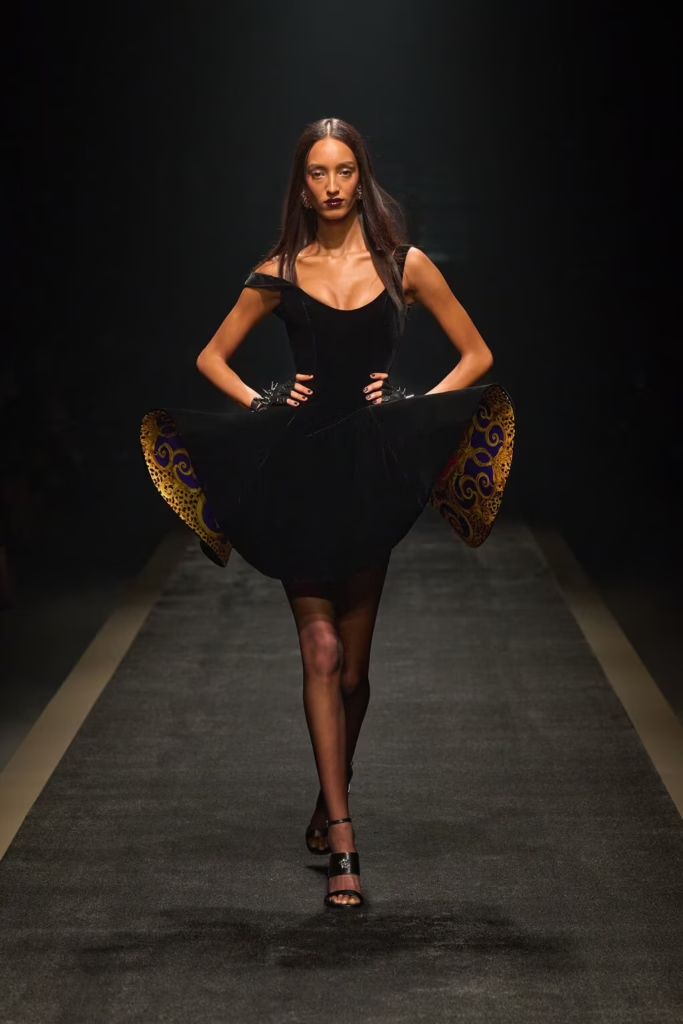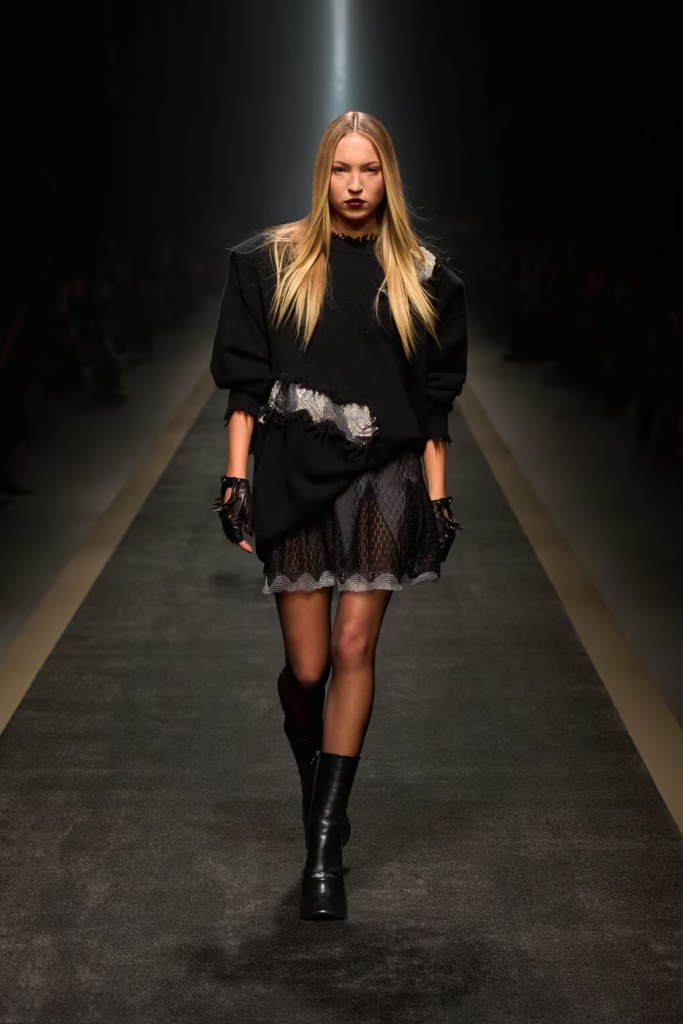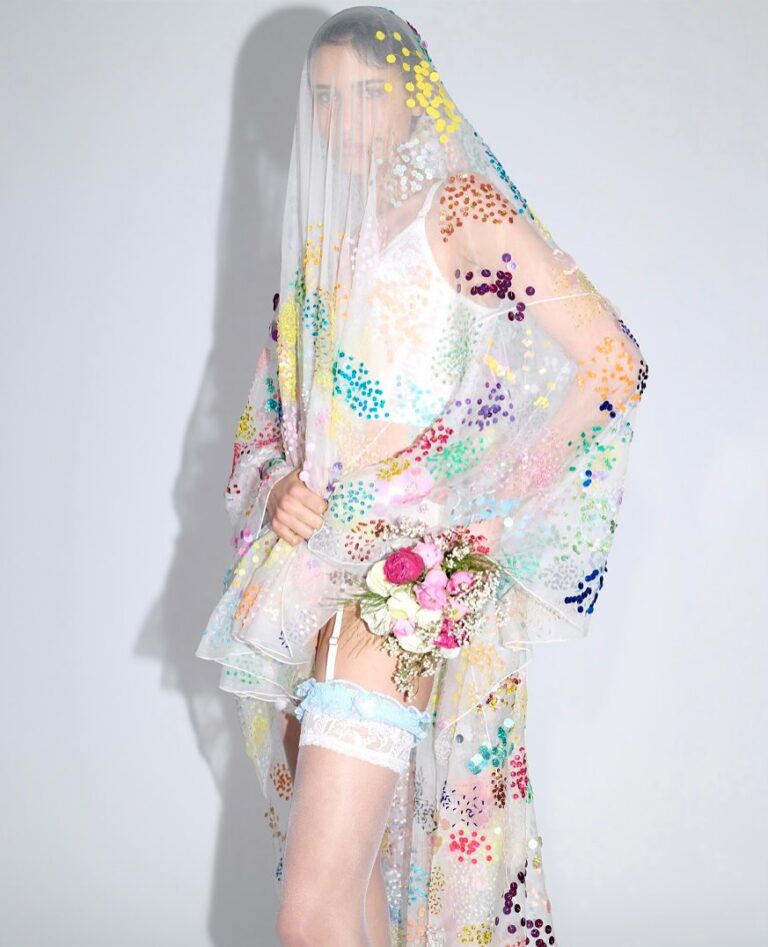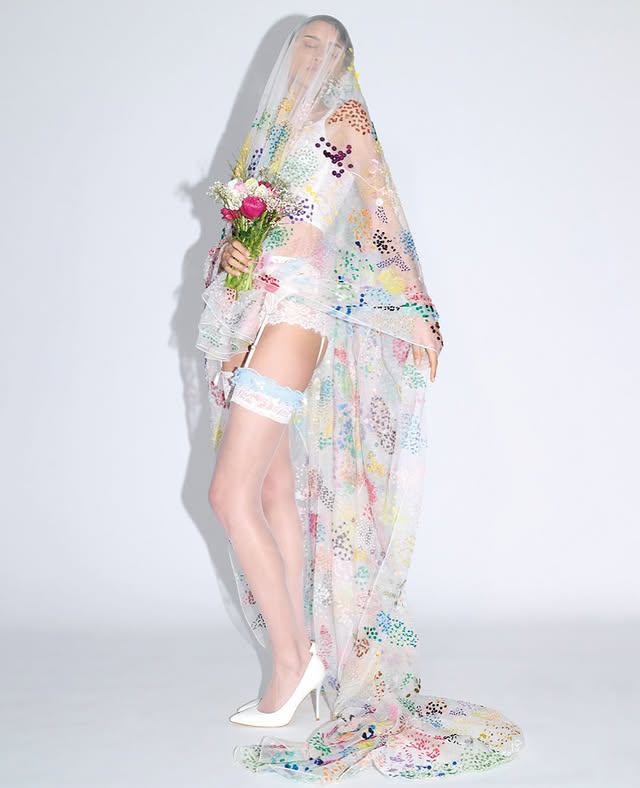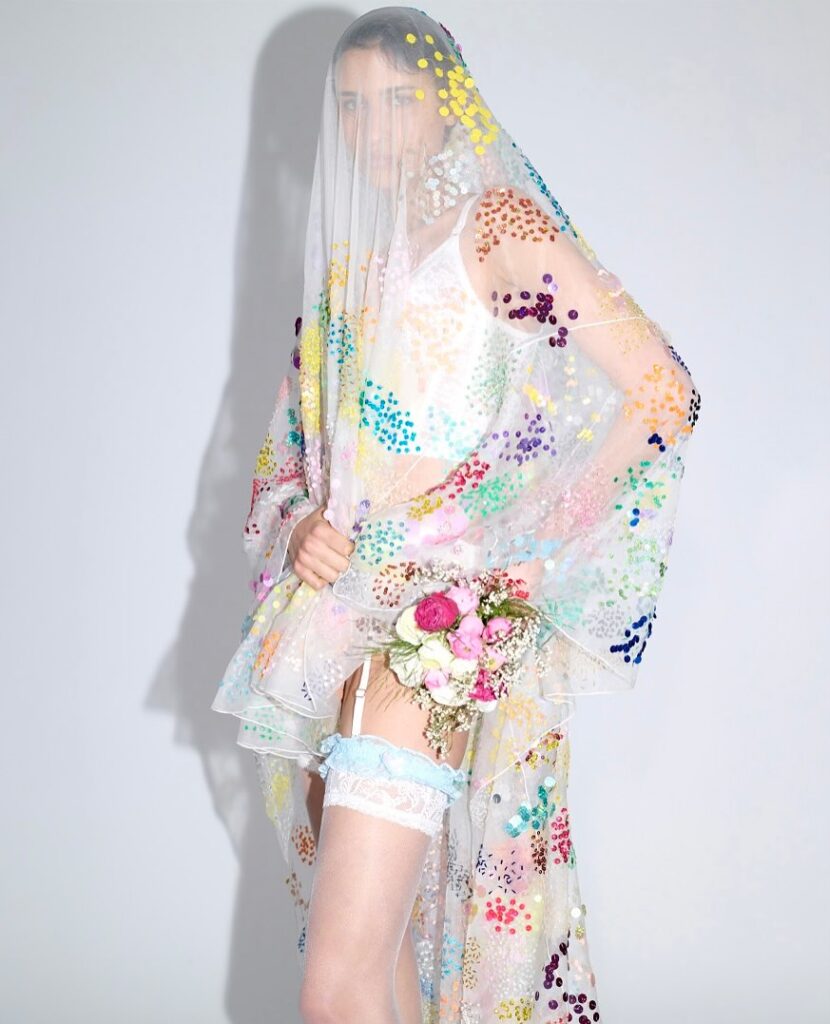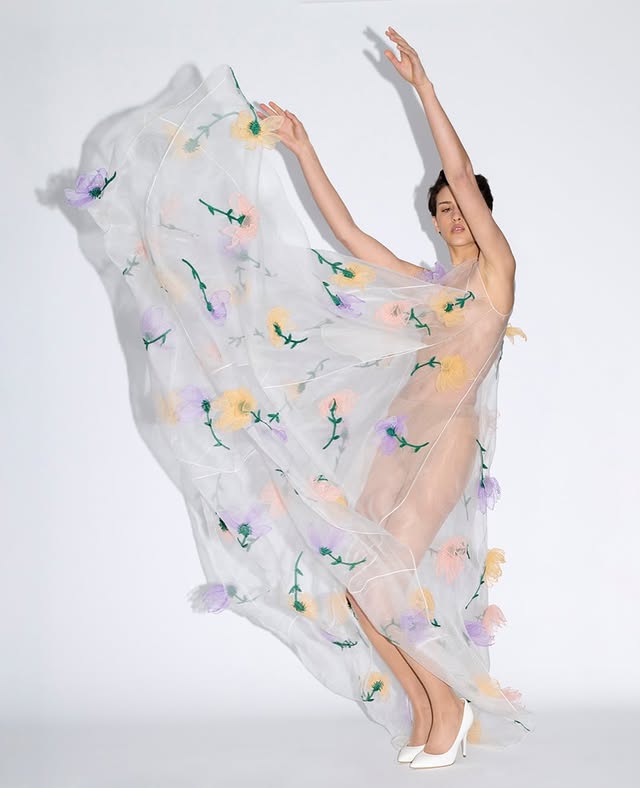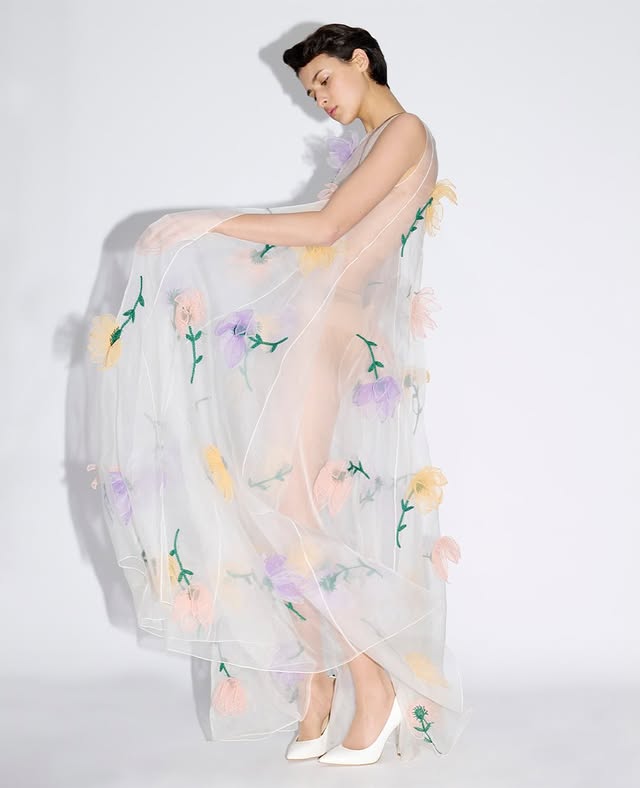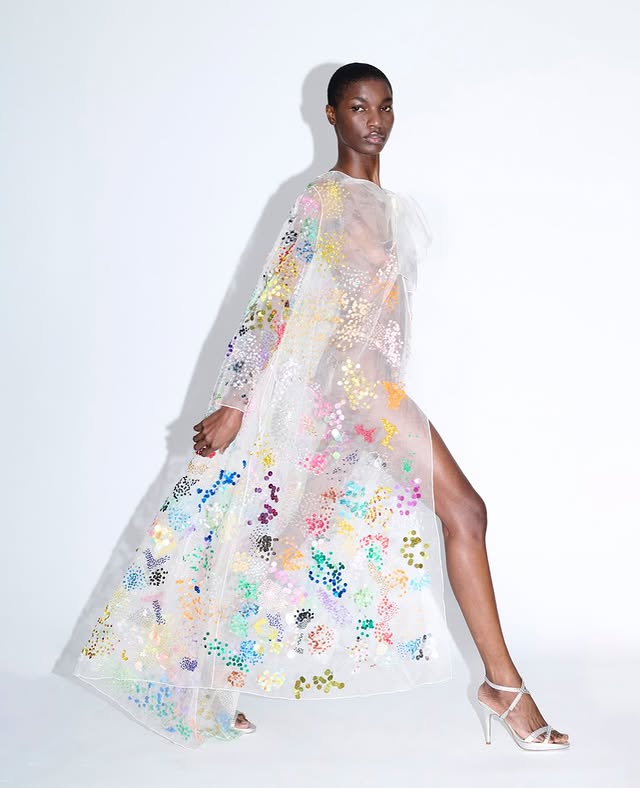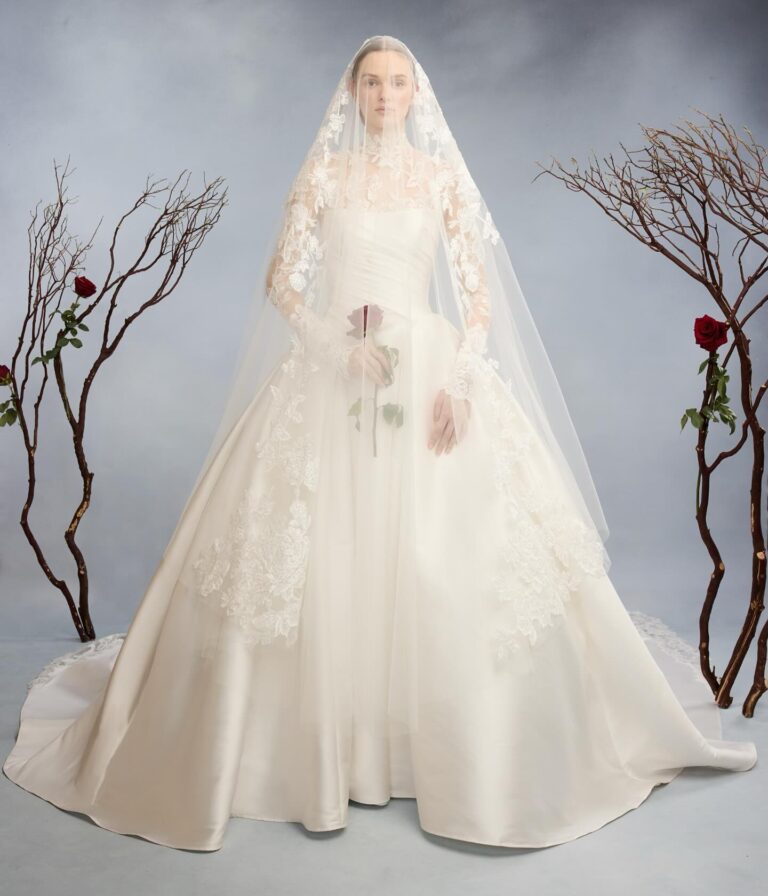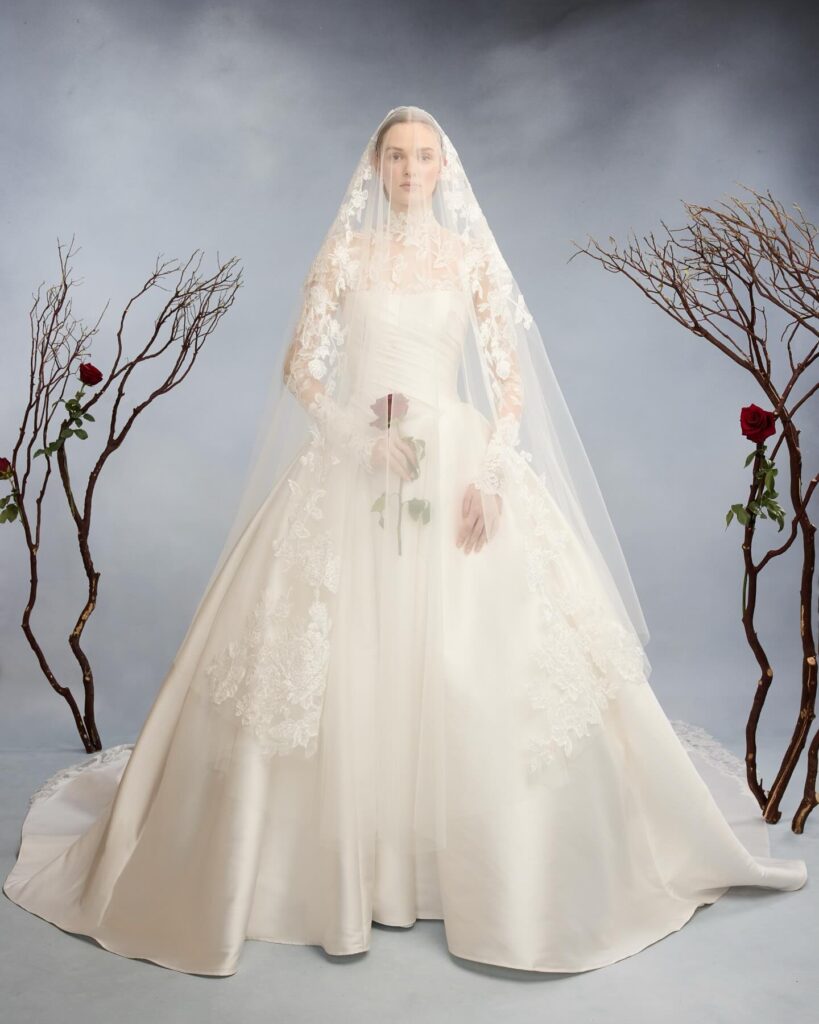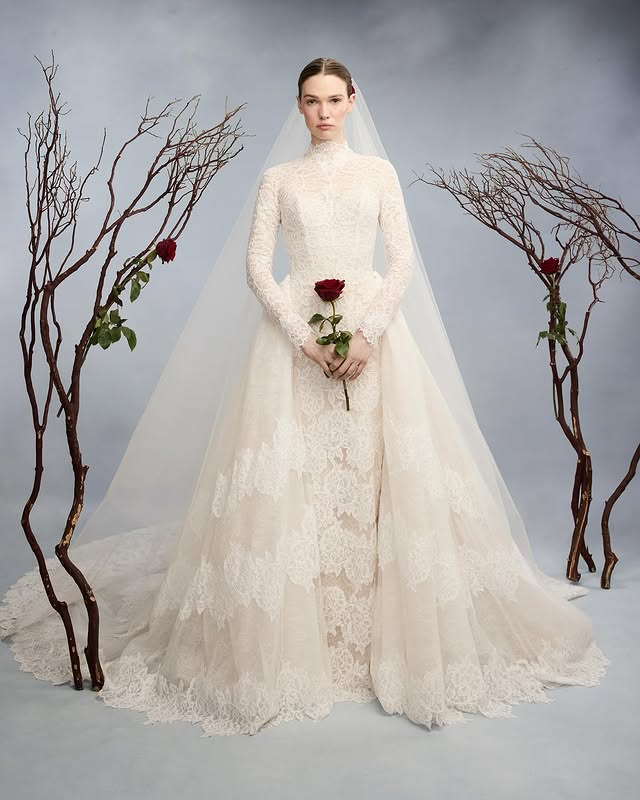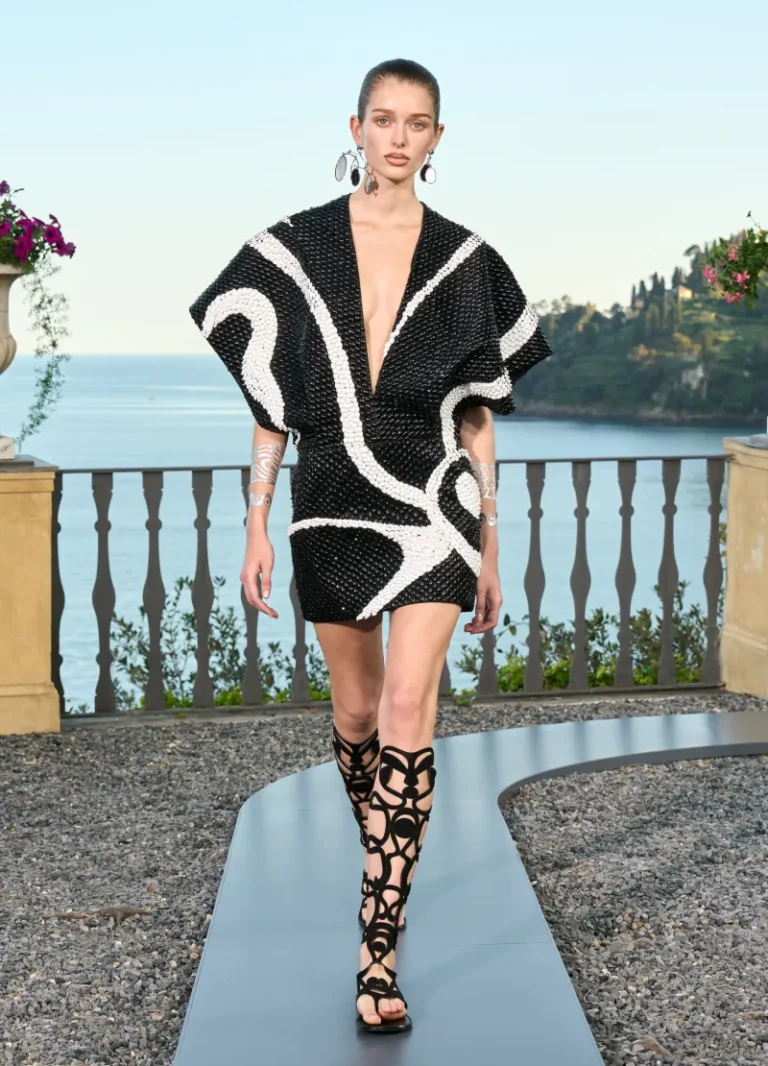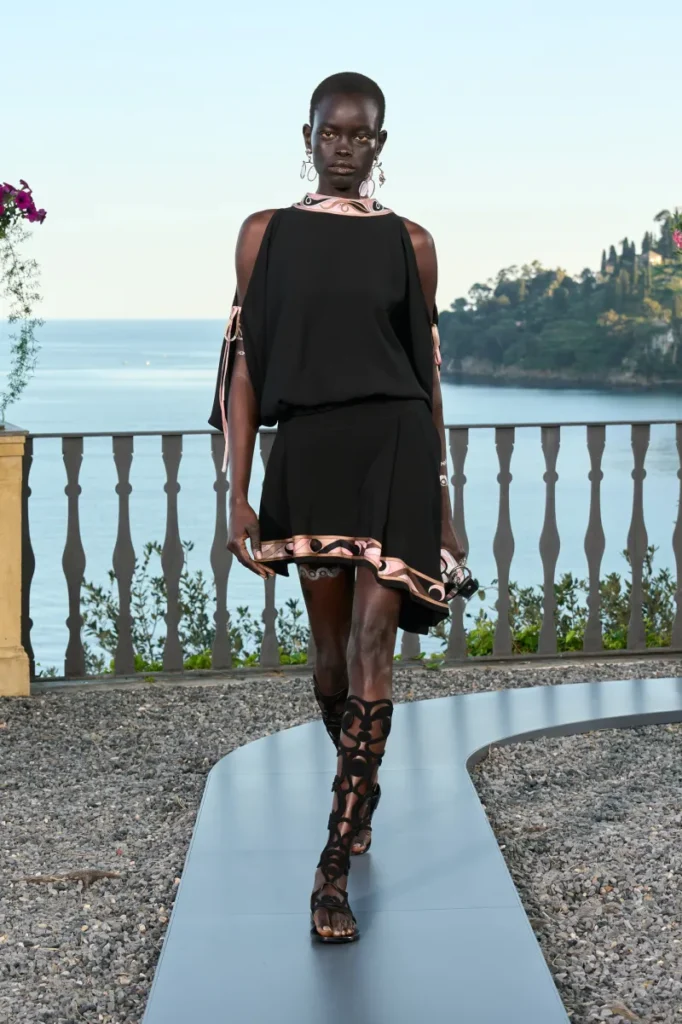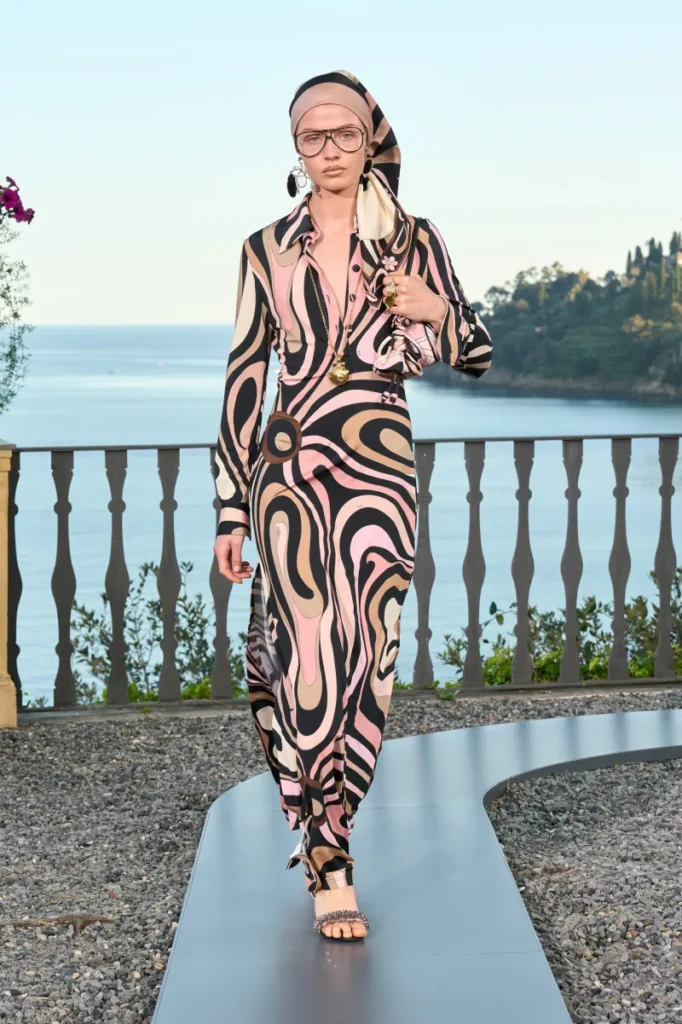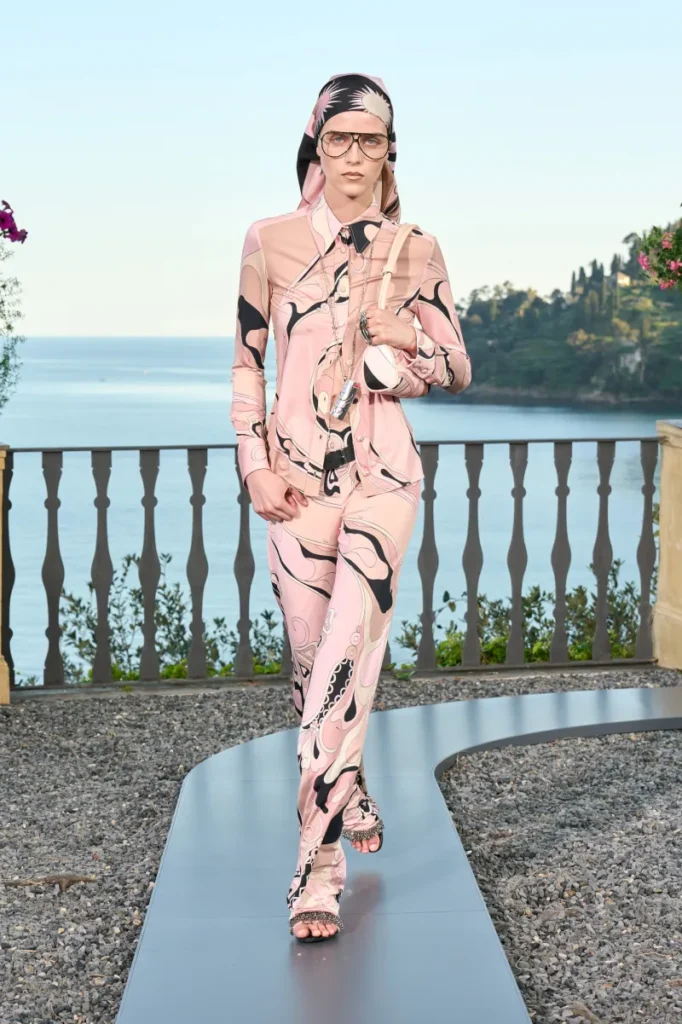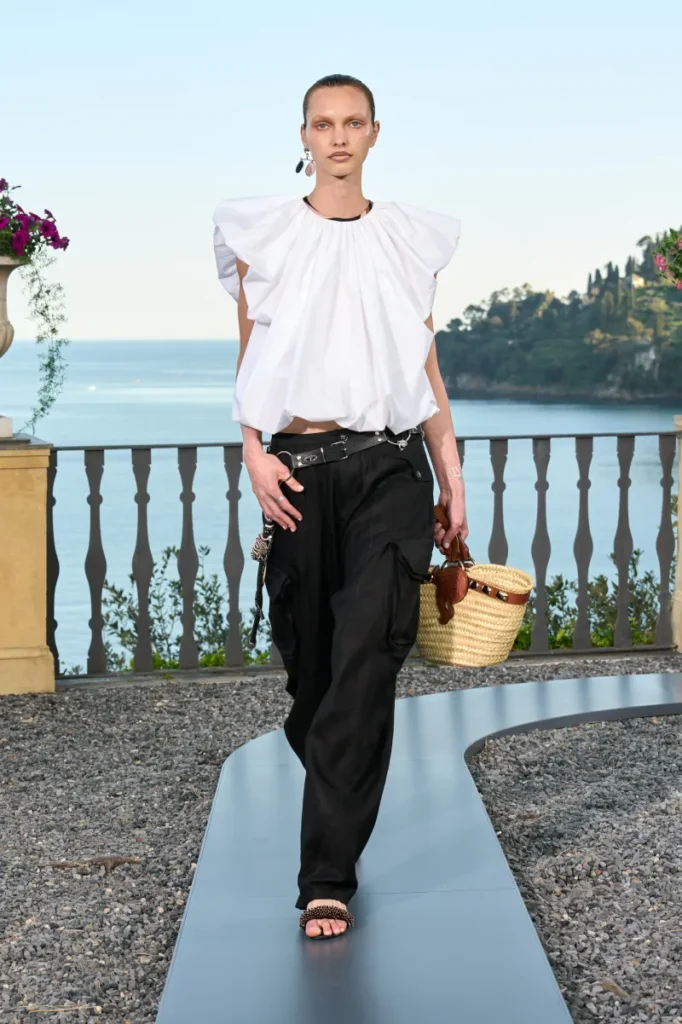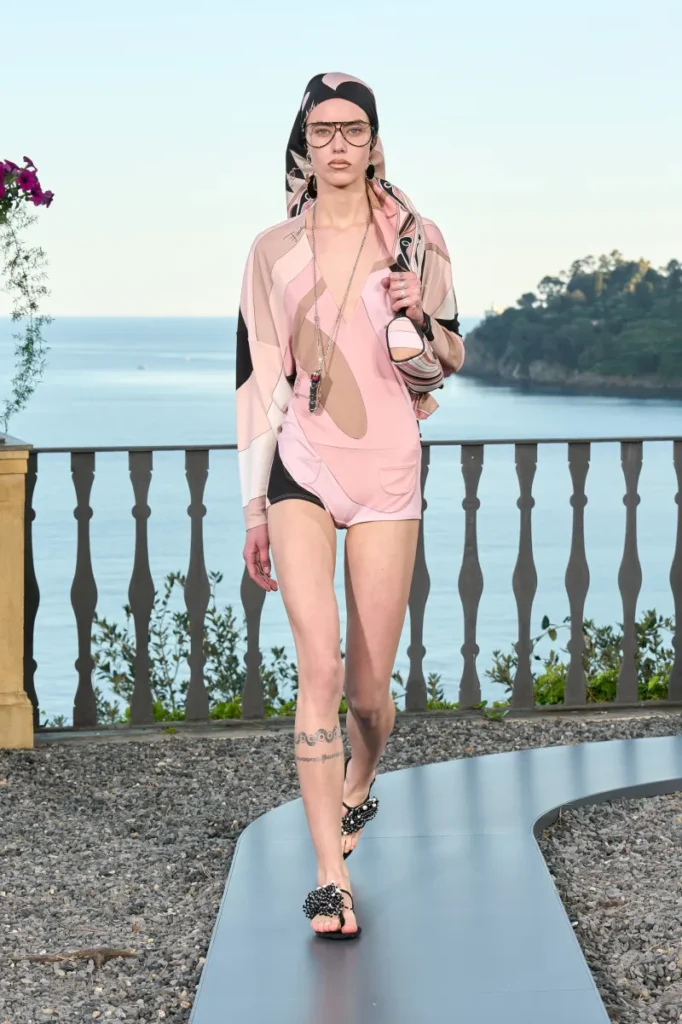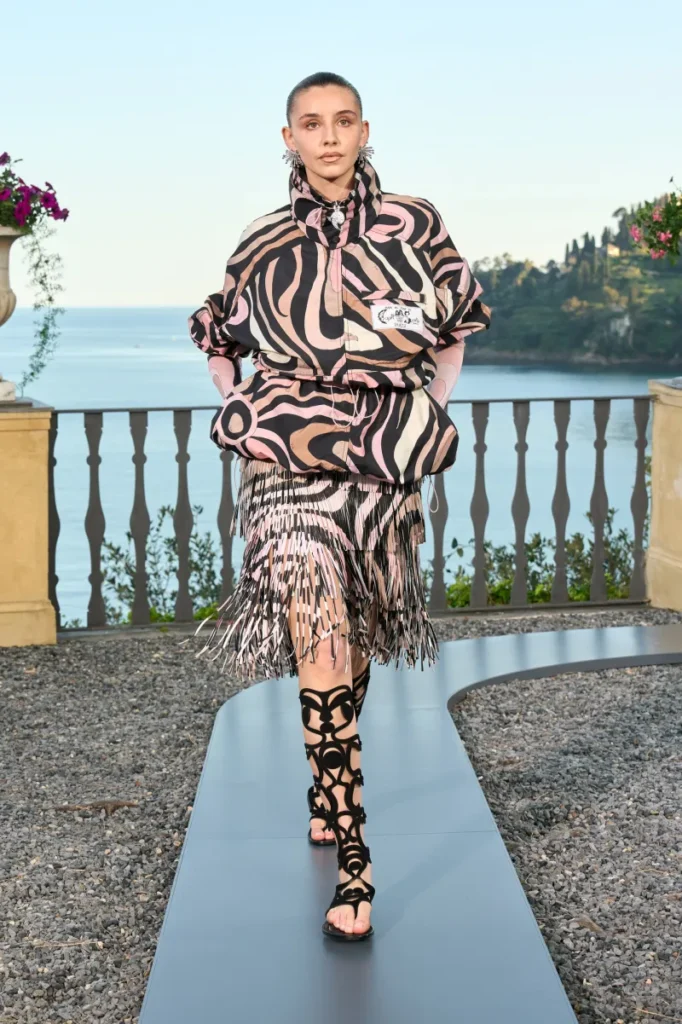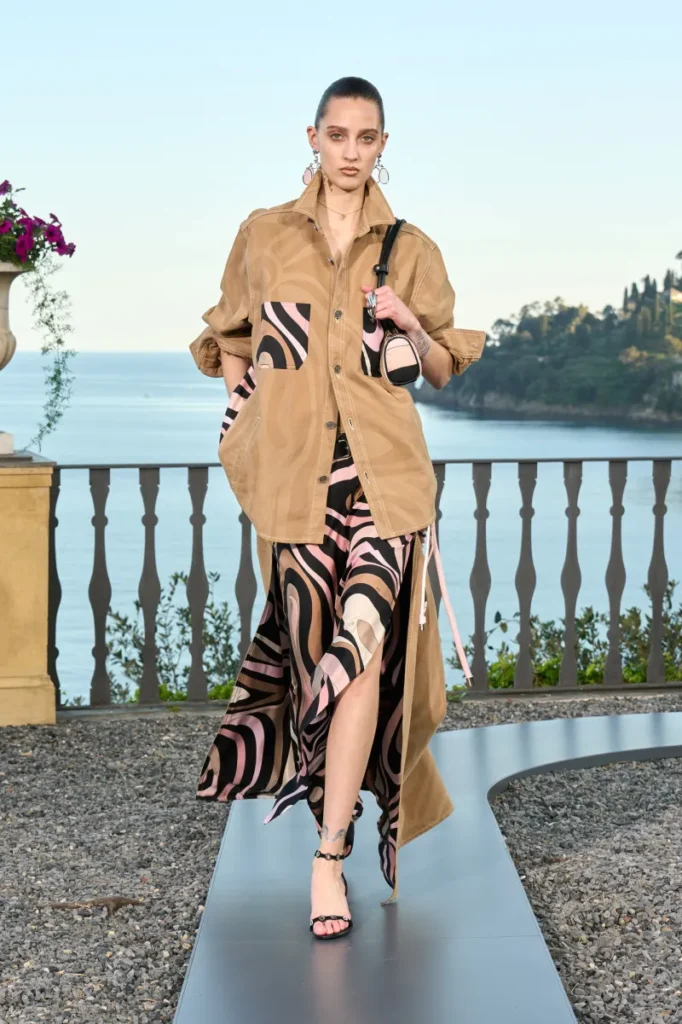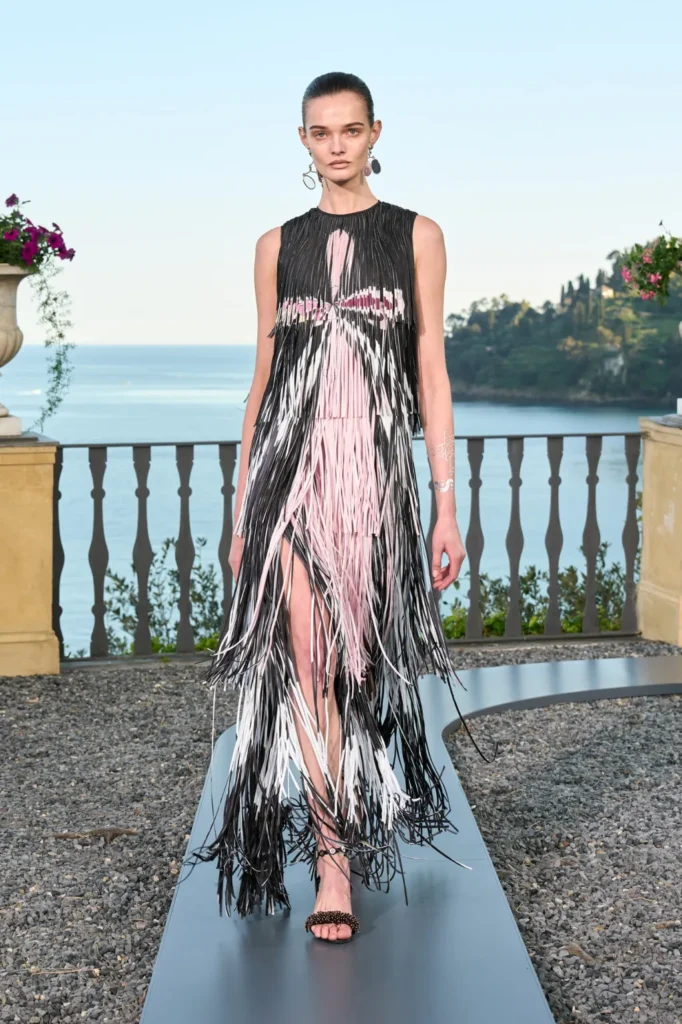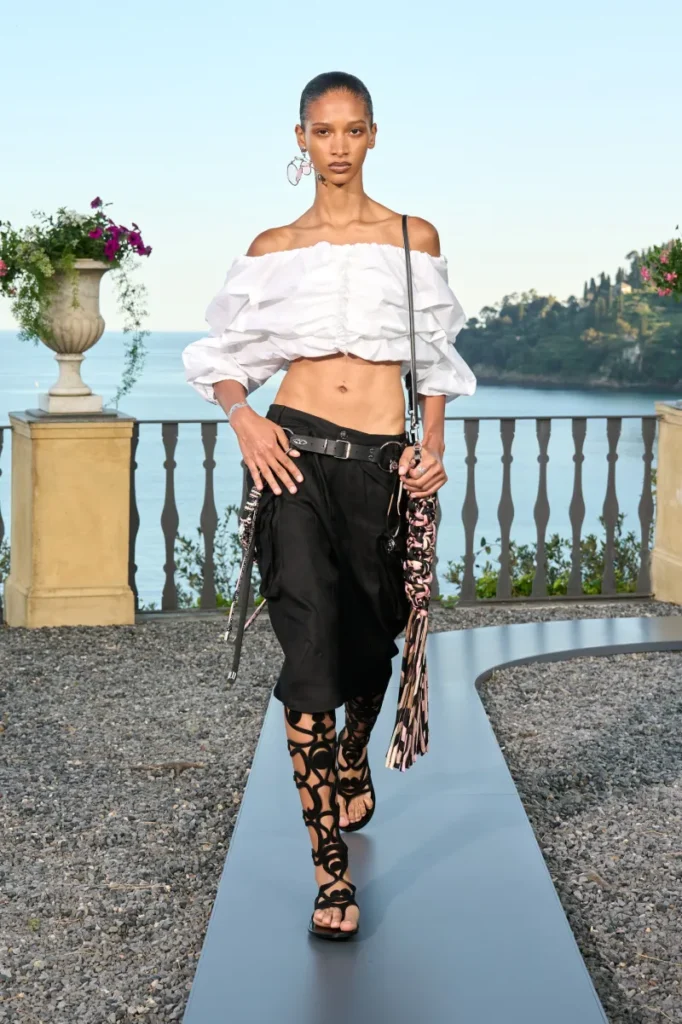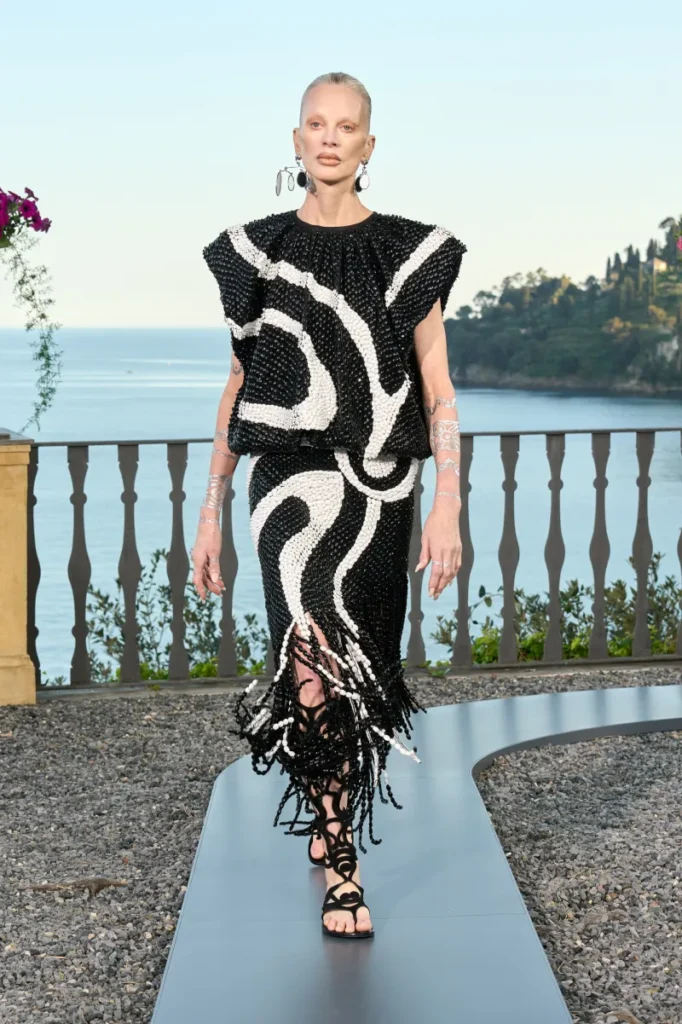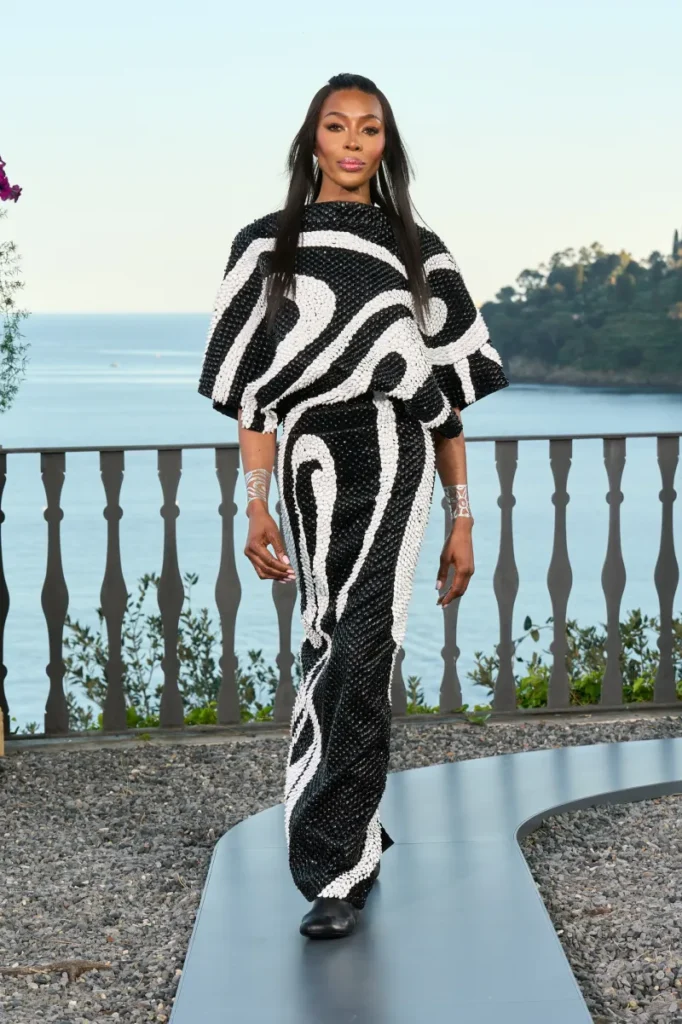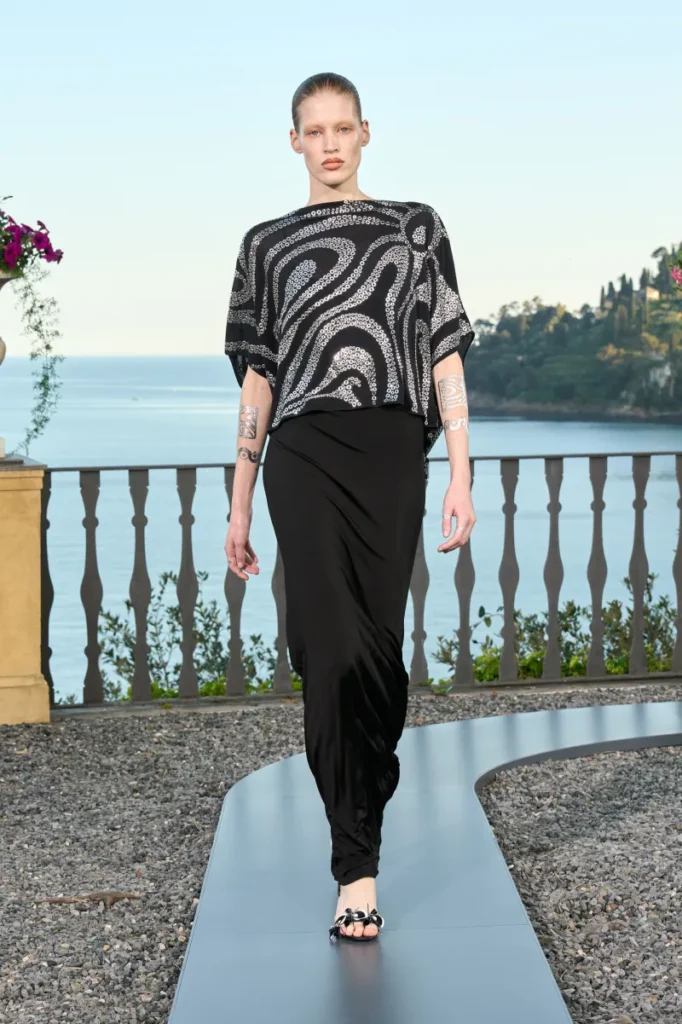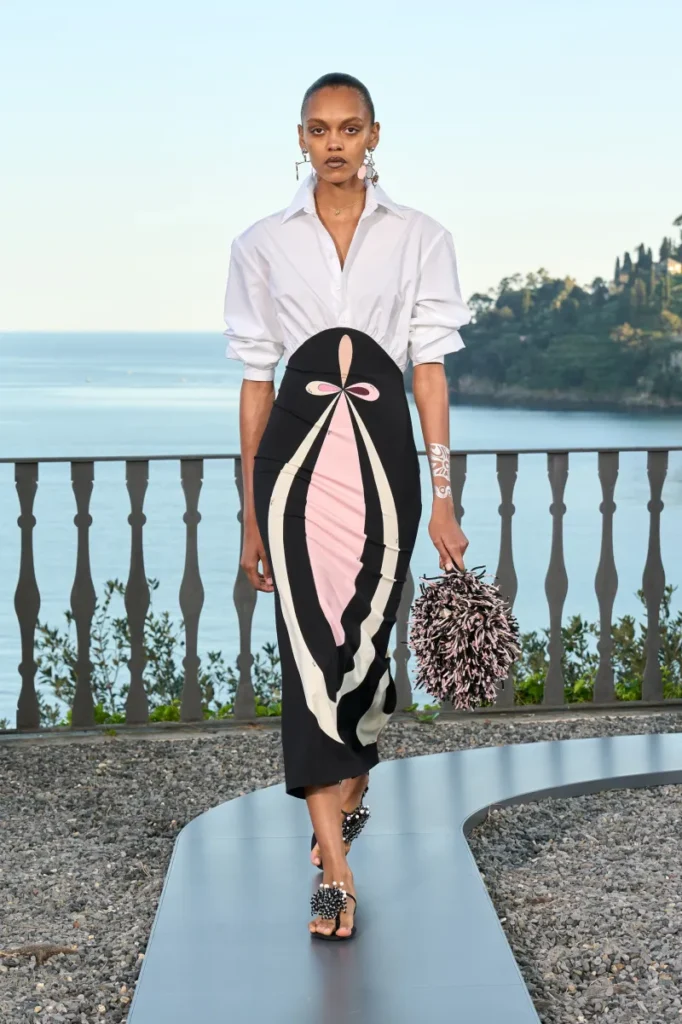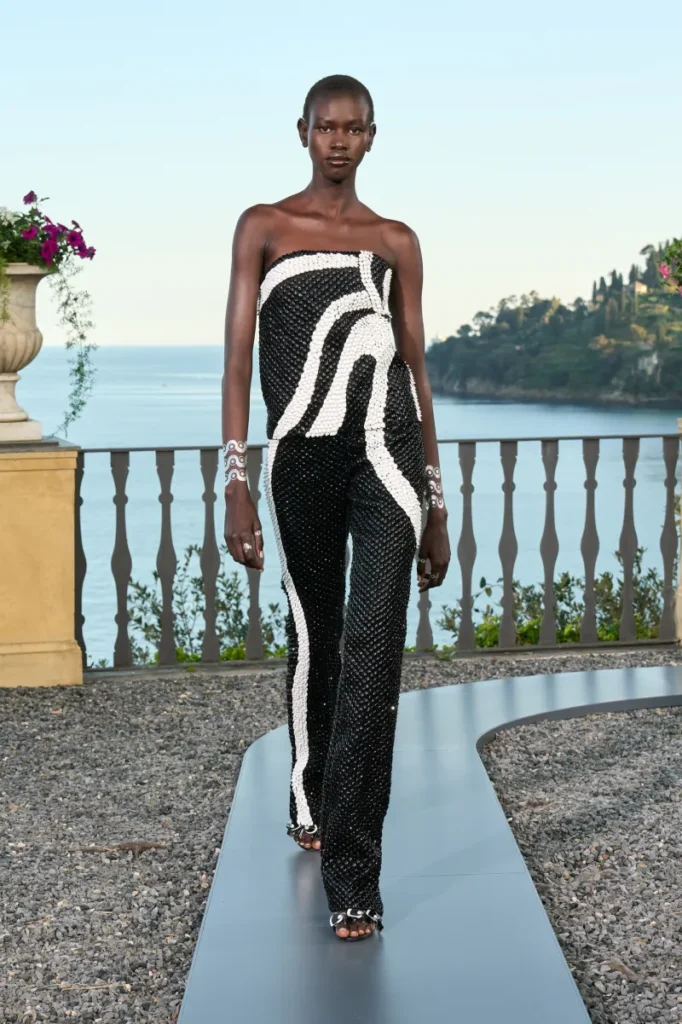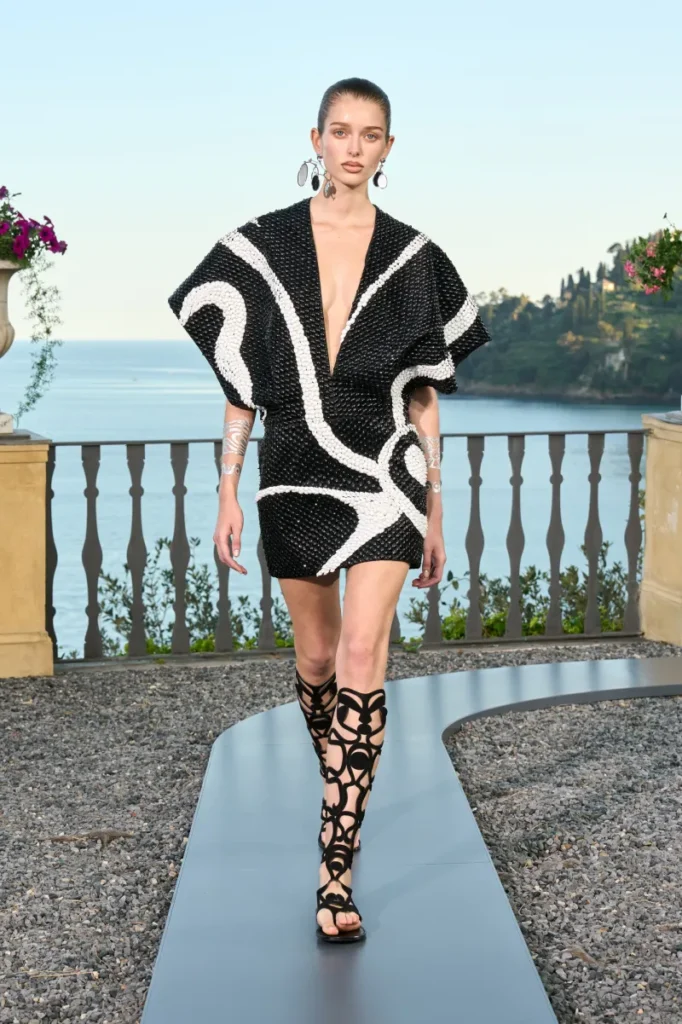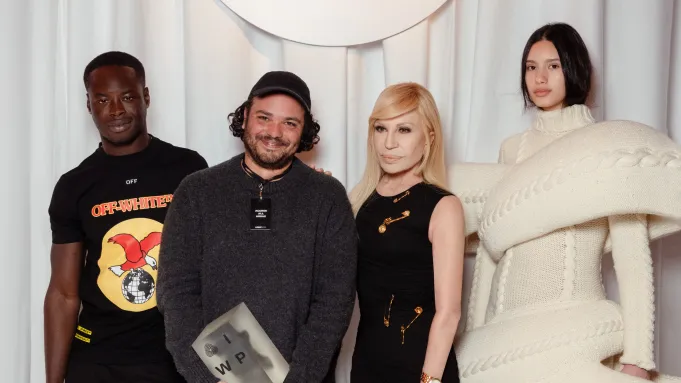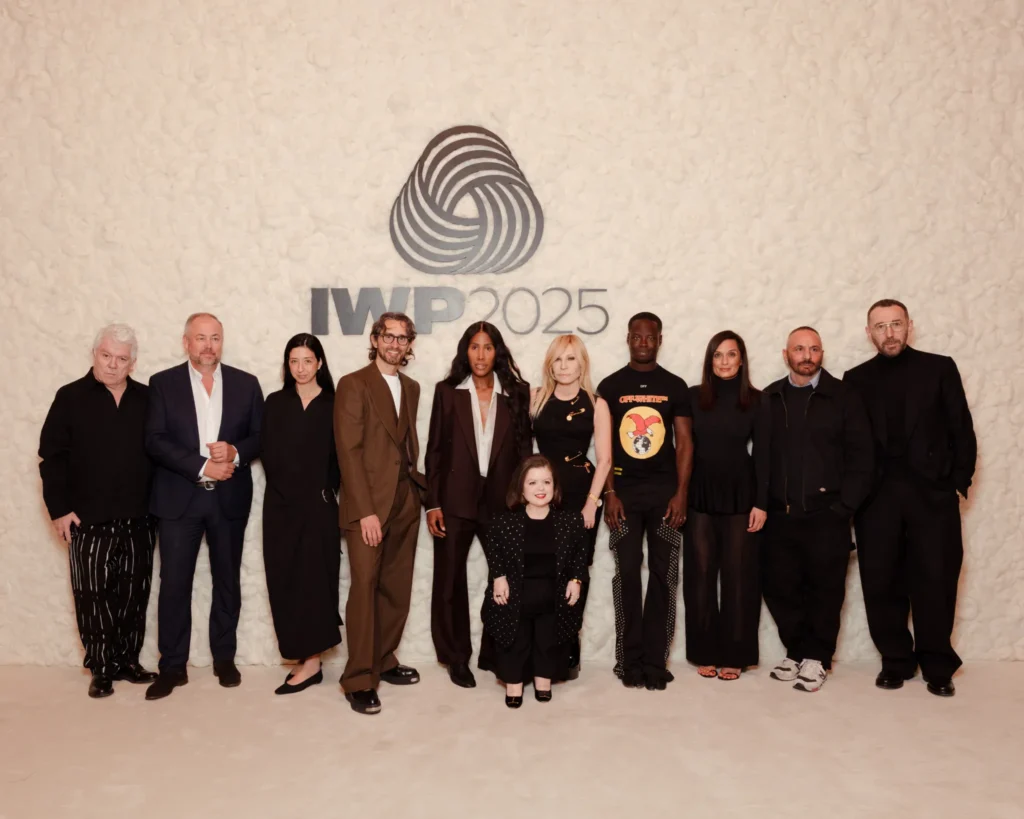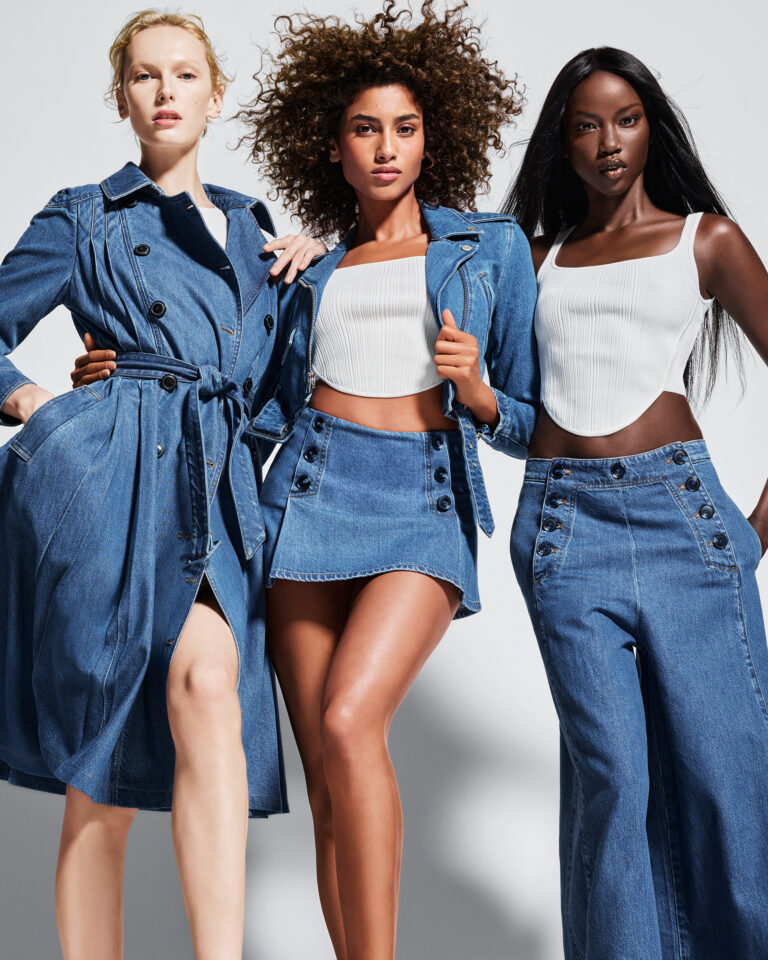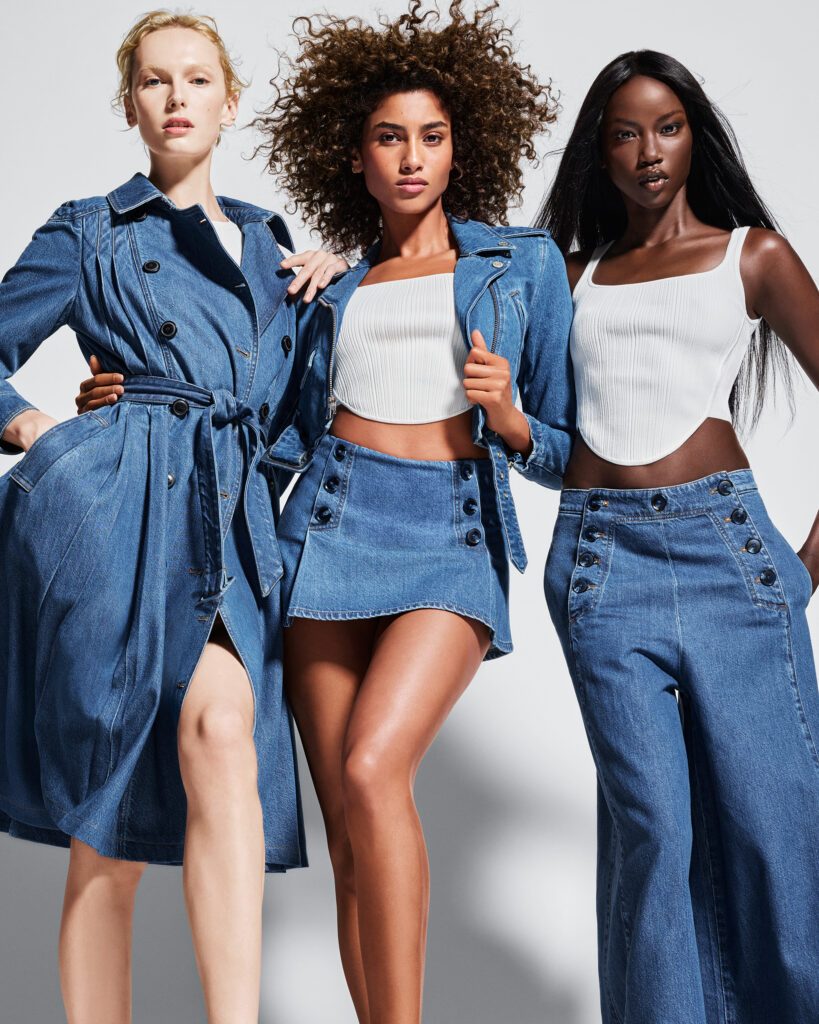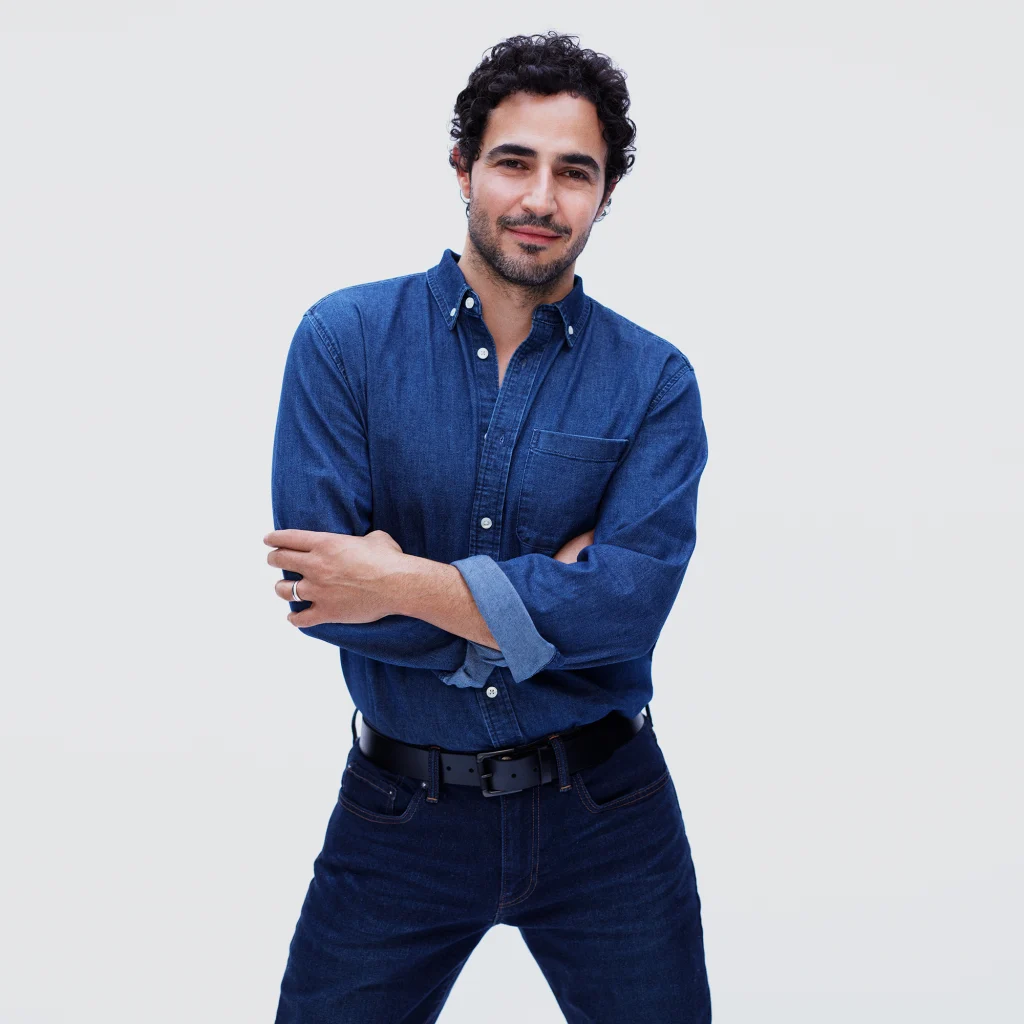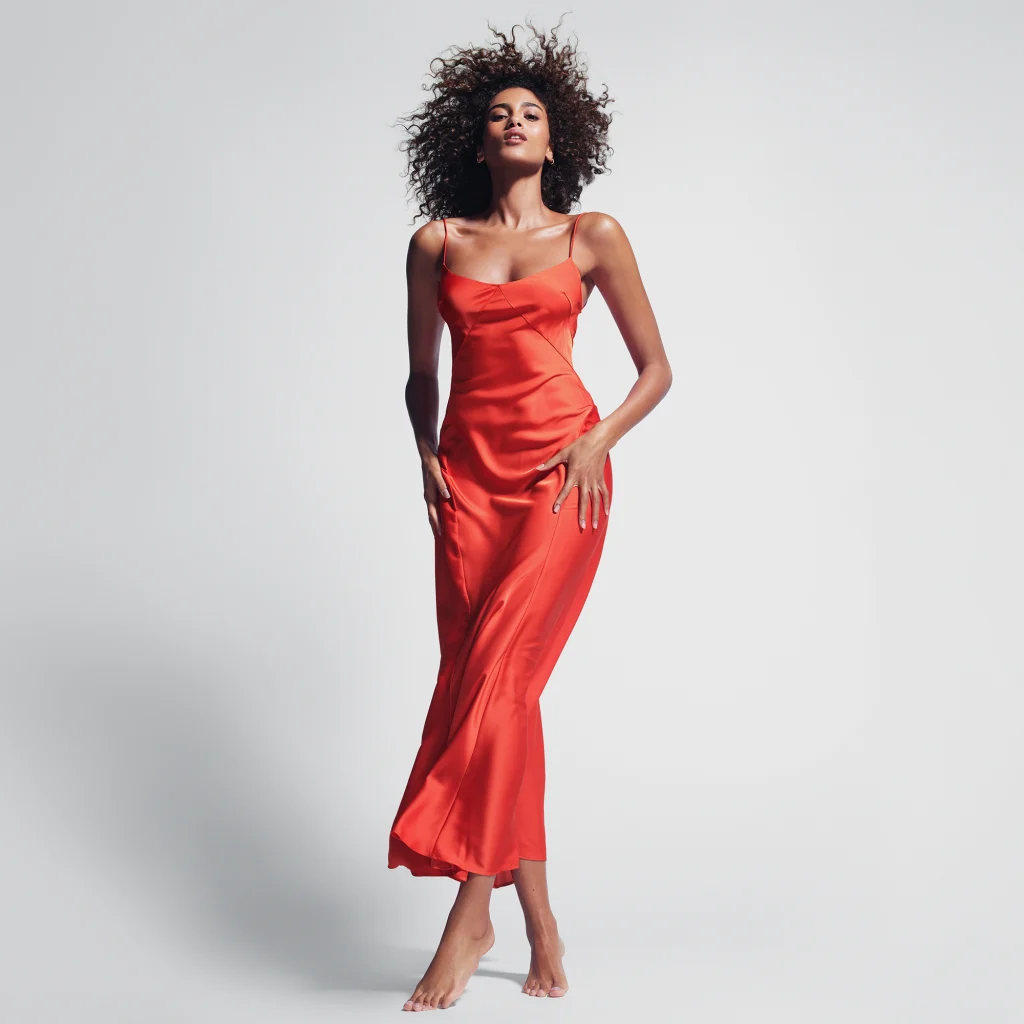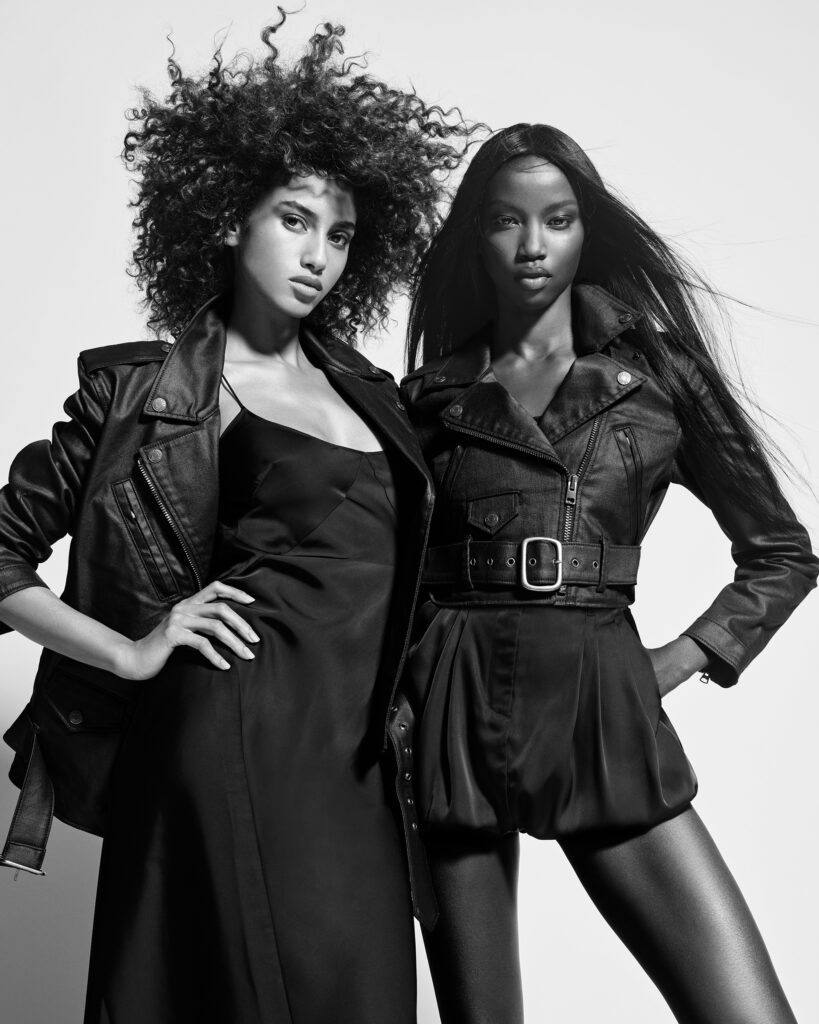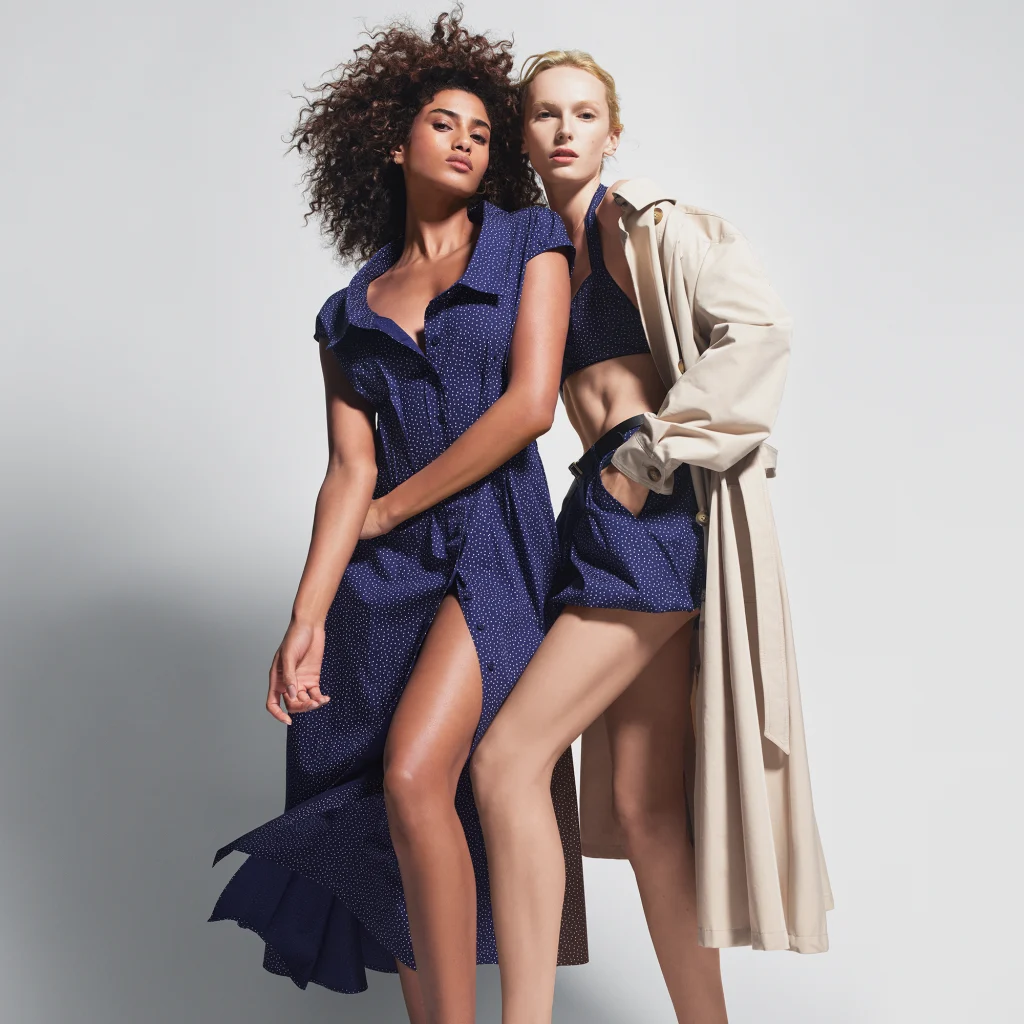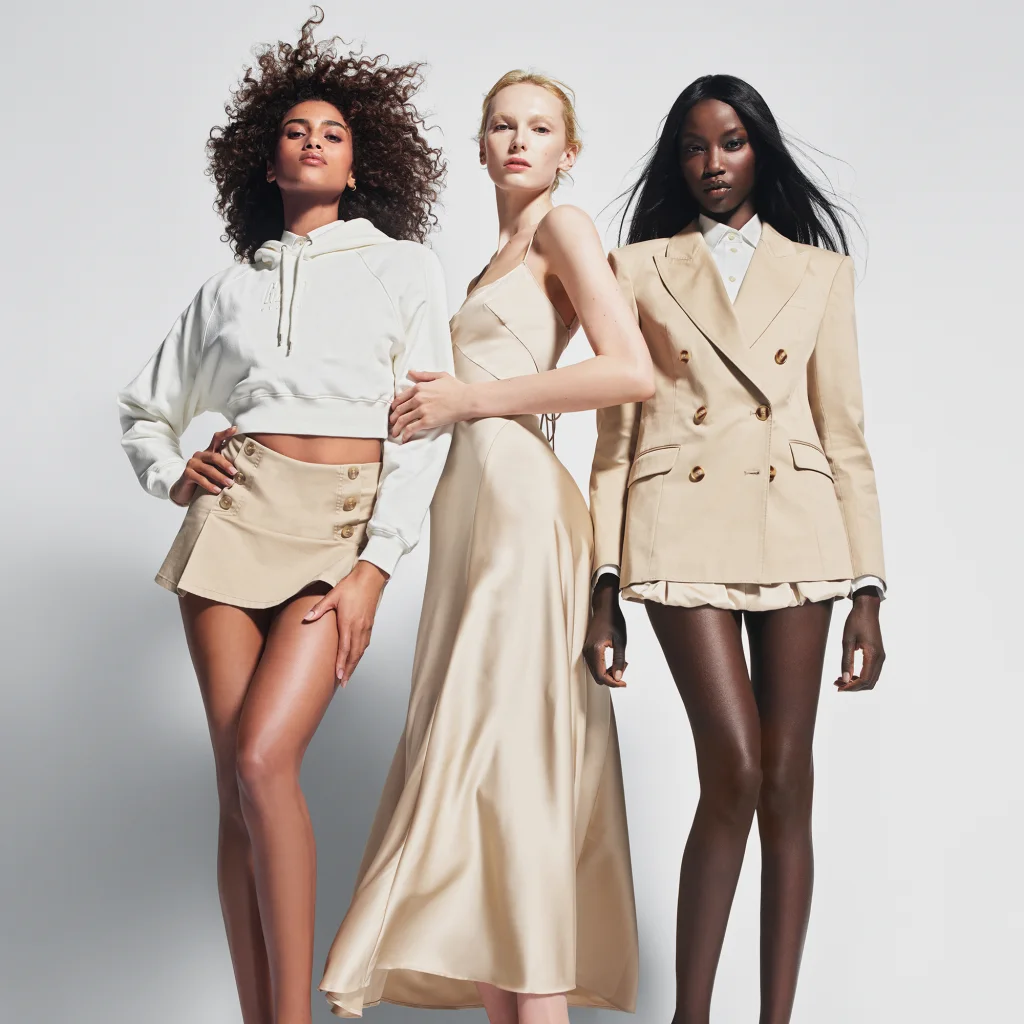Kendall Jenner and Hunter Schafer Star in Prada’s Vision of Summer Escape
While other luxury houses wrestle with market slowdowns, trade tensions, and the unpredictable tides of global consumption, Prada charts its course with tranquil elegance and strategic brilliance. The Italian fashion powerhouse unveils its latest campaign, “Days of Summer,” a poetic exploration of seasonal escape, starring modern muses Kendall Jenner and Hunter Schafer. The message? Escapism, yes — but with quiet power and polished restraint.
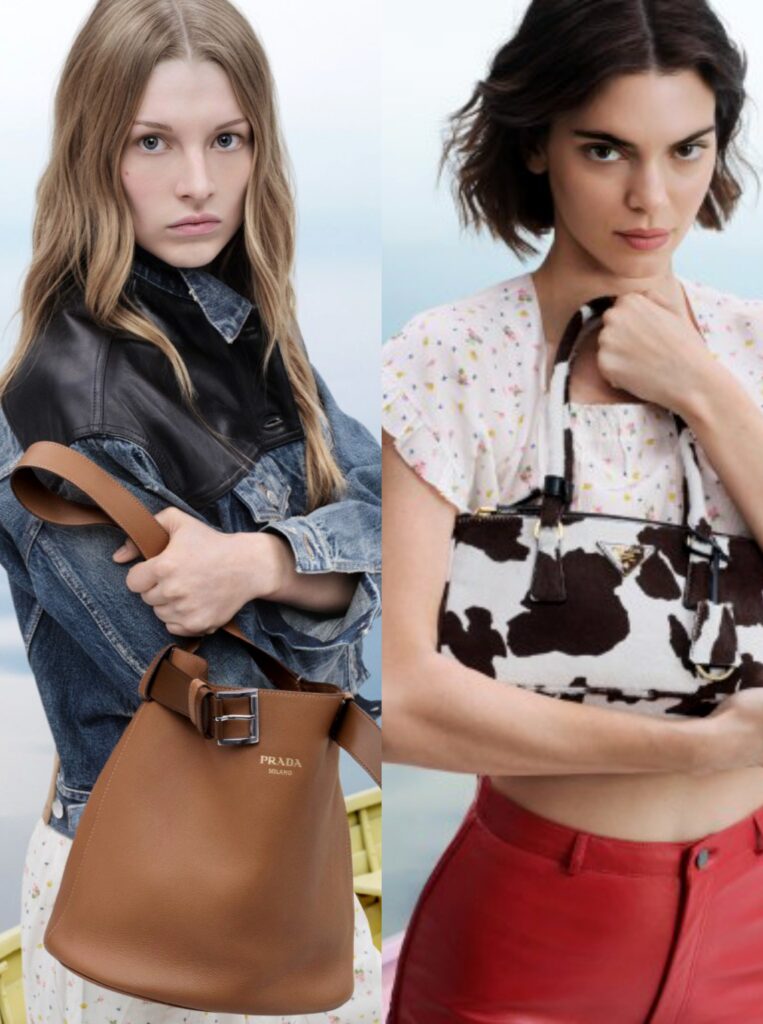
Shot by Oliver Hadlee Pearch and creatively directed by Ferdinando Verderi, the campaign takes place aboard pastel-toned gozzi — traditional Italian wooden boats — floating effortlessly on unnaturally calm waters. There’s a dreamlike quality to the images: soft, surreal, and strikingly intentional. With minimalism as its anchor and fantasy as its wind, Prada once again delivers a visual narrative that whispers rather than shouts.
Kendall Jenner returns to the brand after her Fall 2022 campaign appearance, while Schafer, a longtime Prada favorite and front-row fixture in Milan, brings her unique blend of fragility and strength to the lens. Alongside them, a cast that includes Troye Sivan, Julia Nobis, Lina Zhang, and Noor Khan brings a sense of diversity and texture to the story — a contemporary tapestry of Prada’s evolving identity.
The collection itself moves with the same duality as its setting: casual and formal, seaside and city, ease and elegance. Silhouettes flow freely, referencing both tailored structure and breezy nonchalance. It’s the wardrobe of a modern summer getaway, where every garment is an invitation to breathe, wander, and be seen.
And in a brilliant act of retail storytelling, the campaign’s signature pastel gozzi boats now float in Prada’s store windows worldwide, dissolving the boundaries between image and experience. What begins as a campaign becomes an immersive fantasy, as accessible on the street as it is aspirational in print.
“Days of Summer” isn’t just another seasonal showcase — it’s Prada’s quietly confident statement that in times of noise and weariness, the ultimate luxury lies in crafting a world of your own: serene, striking, and seemingly effortless.
